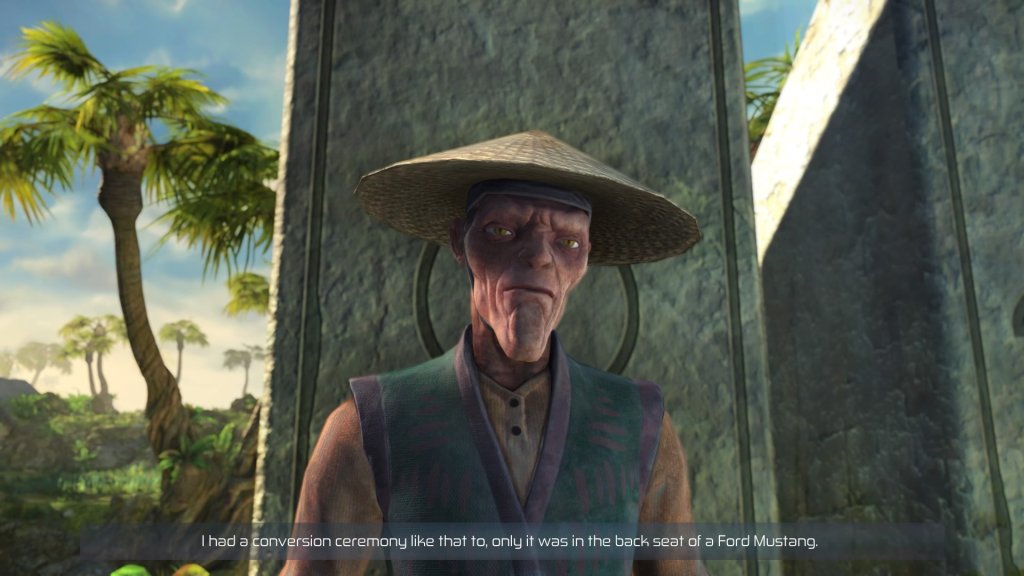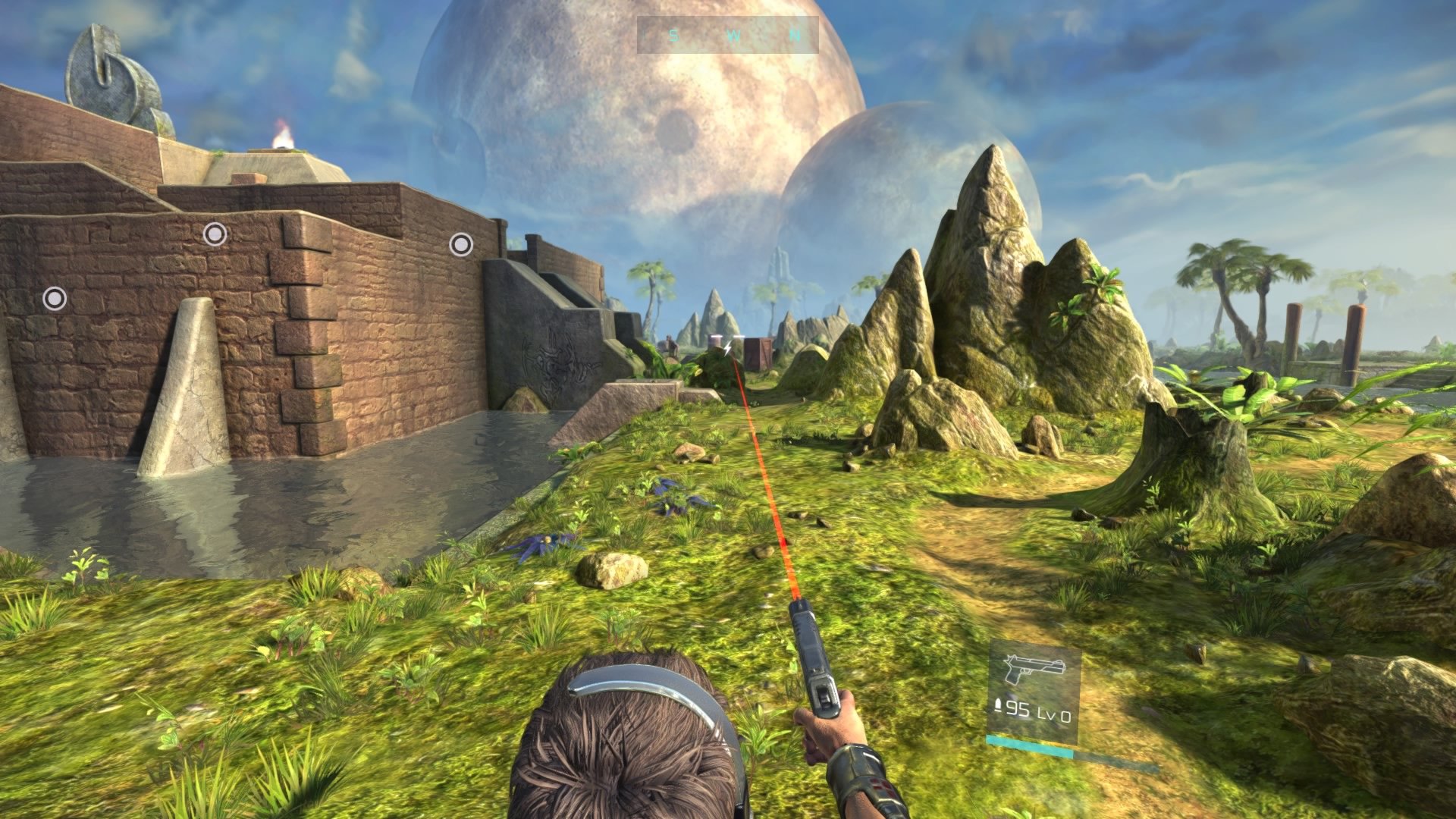
You know what gets better with age? Nostalgia. The ever present manipulation brought about by rose colored glasses has never been more influential than in this era of gaming history. What was old is new again, regardless of whether it was ever any good to begin with. Case in point: Rogue Trooper Redux. What the bloody hell was that mess? Thankfully, there are still developers out there that aren’t just content shoveling another steaming pile of dogshit on top of their long-buried franchises. The long lauded PC classic, Outcast, is a perfect example of this phenomena. The series was groundbreaking at the time and after several false starts and stops, the HD remake was finally released in the form of Outlast: Second Contact. Does this adventure ring just as true on the PlayStation 4 may moons later, or is this another case of nostalgia gone horribly awry?
Beginning of the End
Dipping into the never-ending well of gaming clichés that we have wrought upon ourselves, Outcast keys on the concept that the only thing more harmful to humans than fully automatic weapons is, you guessed it, science. In this case of research gone horribly awry, scientists have inadvertently broken through the dimensional gap, somehow creating an immensely destructive tornado, portal, death-hole thing, that’s devouring anything in its path. Apparently the only man that can prevent the current universe from being swallowed from the inside out is Cutter Slade. This former Navy Seal is escorting a team of scientists through the warp-hole, in search of a way to close this neglectfully created rift.
And what better way to save a universe than to get stuck running errands for an alien race that somehow thinks you are a deity? I mean, what holy entity gets stuck doing the bitch work for local farmers? Despite spawning on the planet of Adelphia, where you’re deemed a god who’s an answer to a prophesy, the people still need to be convinced that you’re their redeemer. Hence the grunt work that needs to be done in order to gain the trust of the masses. Granted, all of these shenanigans are being done to locate the resources necessary to complete your original mission and save humanity, but what those creepy faced X-Files extras don’t know won’t hurt them.
Tell Me a Story
What follows is a shockingly deep action-adventure experience that could be best described as dense. The narrative and character backstories are insanely well thought out and the universe is brimming with personality. Granted, that’s personality, as best as it could be approximated with 1999 technology, but it’s a valiant effort all the same. Dialog trees are huge, but they counter with little conversational capability. It’s essentially a “talk to me about this…” topic tree, followed by a back and forth between the protagonist and whomever he’s speaking to, with no real opportunity to interact mid-stream.
The vast majority of time not spent in combat consists of parsing through the countless conversation options and seeing what comes out the other side. Talking with unnamed plebs will usually result in garden variety, repetitive information. However, if you seek out characters that actually have names on the HUD, it’s normally a good indication that they have at least some role to play in the narrative. Sometimes players will get exposed to a sizeable history lesson on the history of the region, while others will just beg you to do their chores. You never know what you might find hiding behind the next discussion.
By 2017 standards, Outlast: Second Contact is not a great looking game. I mean, it’s a metric shit ton better looking than the version 1.1 HD upscaling that was released a few years back on PC, but you can only put so much lipstick on a pig, so to speak. Slade’s character model looks like a perfectly acceptable Nathan Drake knock off, but from there the quality of the assets take a steep dive off a cliff. Sparsely populated and visually boring areas make up a vast majority of the map, punctuated by an occasional stronghold or city. When you can just as easily find an Assassin’s Creed release that has more mission dots than a dalmatian’s back, it’s really hard to adjust to the mundanity of it all.

Losing all Control
Whenever I hear that a classic PC game is coming to consoles, I can reflexively feel my sphincter pucker just a little bit. It’s even more the case when the title in question came from the nineties. To put it bluntly, games were just harder back then. And if it wasn’t the game mechanics that murdered you, the controls damn well might instead. Thankfully, this was the era of implied, “Git Gud,” and it was deemed a feature when your control scheme caused more navigational difficulties than a Christopher Columbus expedition. So when you mix an unwieldy control scheme with the added complexities of controller mapping, it could be a recipe for disaster. Never has this been more evident than in the case of Outlast: Second Contact.
Nowhere are the control difficulties more apparent than in combat. Holy crow are they inadequate when compared to any other third-person shooter that’s been released in the last decade. I understand the desire to offer up an experience that is authentic to the original release, but when the game was never released on console to begin with, it should have been viewed as an opportunity to make it even slightly playable. Trying to shoot enemies turns into an infuriating process of strafing and firing until ammo is completely diminished. Aiming at an enemy consists of a massive target box surrounding whomever is being shot at. Good luck trying to aim your reticle while also strafing ad nauseam, because it’s a fool’s task.
https://www.youtube.com/watch?v=ngJ6iYpaC-Y&feature=youtu.be
Easily the most off-putting aspect of Outcast are the dialog recordings. When so much effort has been put into remastering the score and the visual presentation, why these glorified midis were not given the same treatment is beyond me. The sampling rate is a terrible relic of the MP3 era that sounds like both ends of the conversation are being spoken directly into a tin can and relayed through a string, directly into the player’s eardrums. It’s quite literally cringe-inducing. And one other fun dialog side note is the number of times that different characters pronounce names in fantastically odd and different ways is utterly astounding to me. Weren’t audio directors a thing 18 years ago? Pick a pronunciation and stick with it!
On one side of the coin, Outcast: Second Contact is a warranted revisit of a beloved title. It has a fantastically well-constructed narrative that’s a genuine treat to delve in to. However, on the other side of the coin are the terrible combat controls, embarrassingly low-fidelity voiceovers and a bland, bug riddled world design. Being retro is no excuse for recklessly disregarding the quality of the end product. This may be one of those nostalgic experiences that are better left dead and buried in the past.
Outcast: Second Contact review code provided by publisher. Version 1.0 reviewed on a standard PlayStation 4. For more information on scoring, please see our Review Policy.
-
The narrative is amazingly deep
-
Visuals are dramatically improved from the 1999 edition
-
Controls like a bull in a China shop.
-
Audio sampling quality is atrocious
-
Most characters look exactly the same.
-
Engine glitches galore!
Outcast: Second Contact Review
-
Outcast - Second Contact
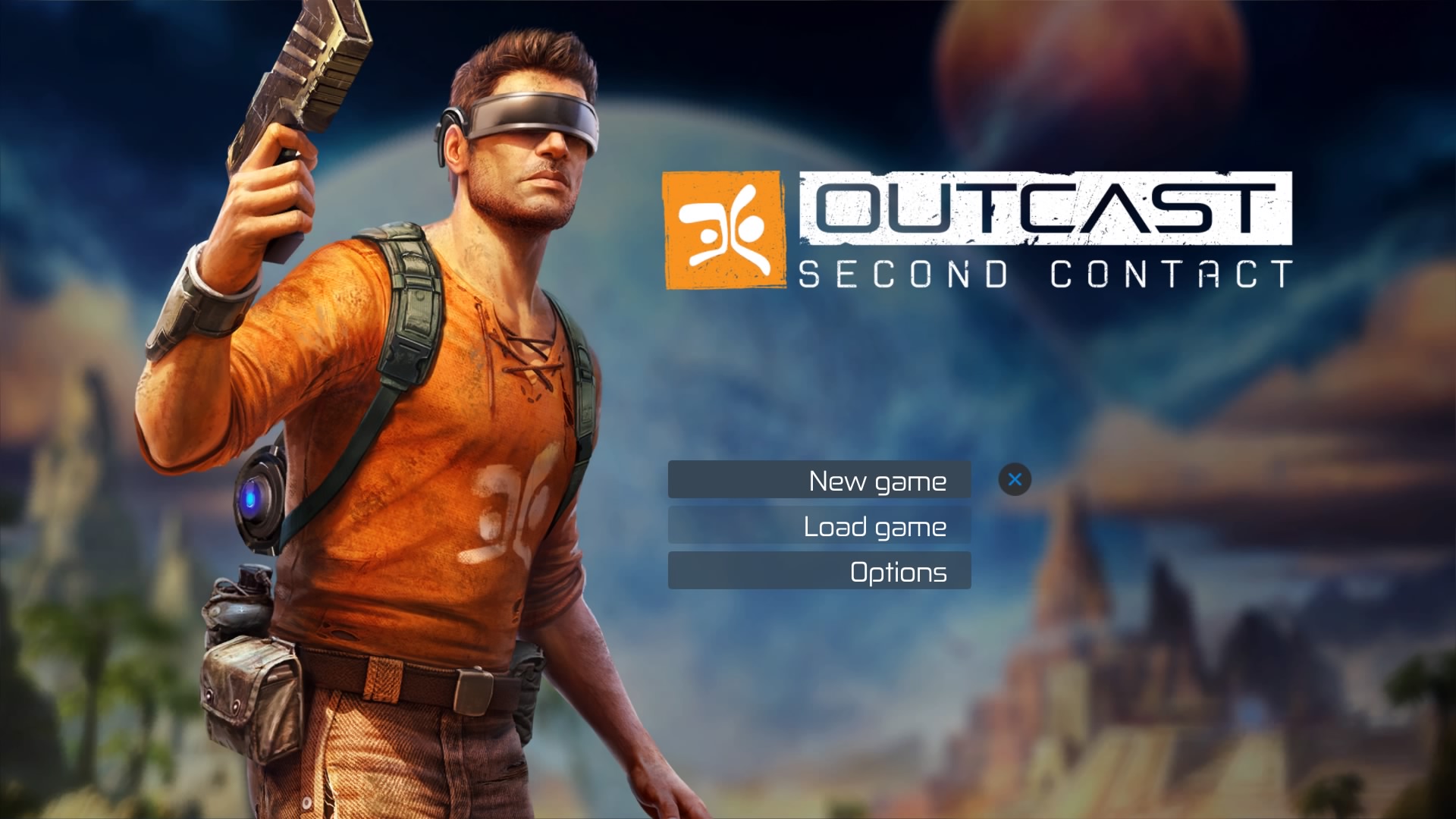
-
Outcast - Second Contact
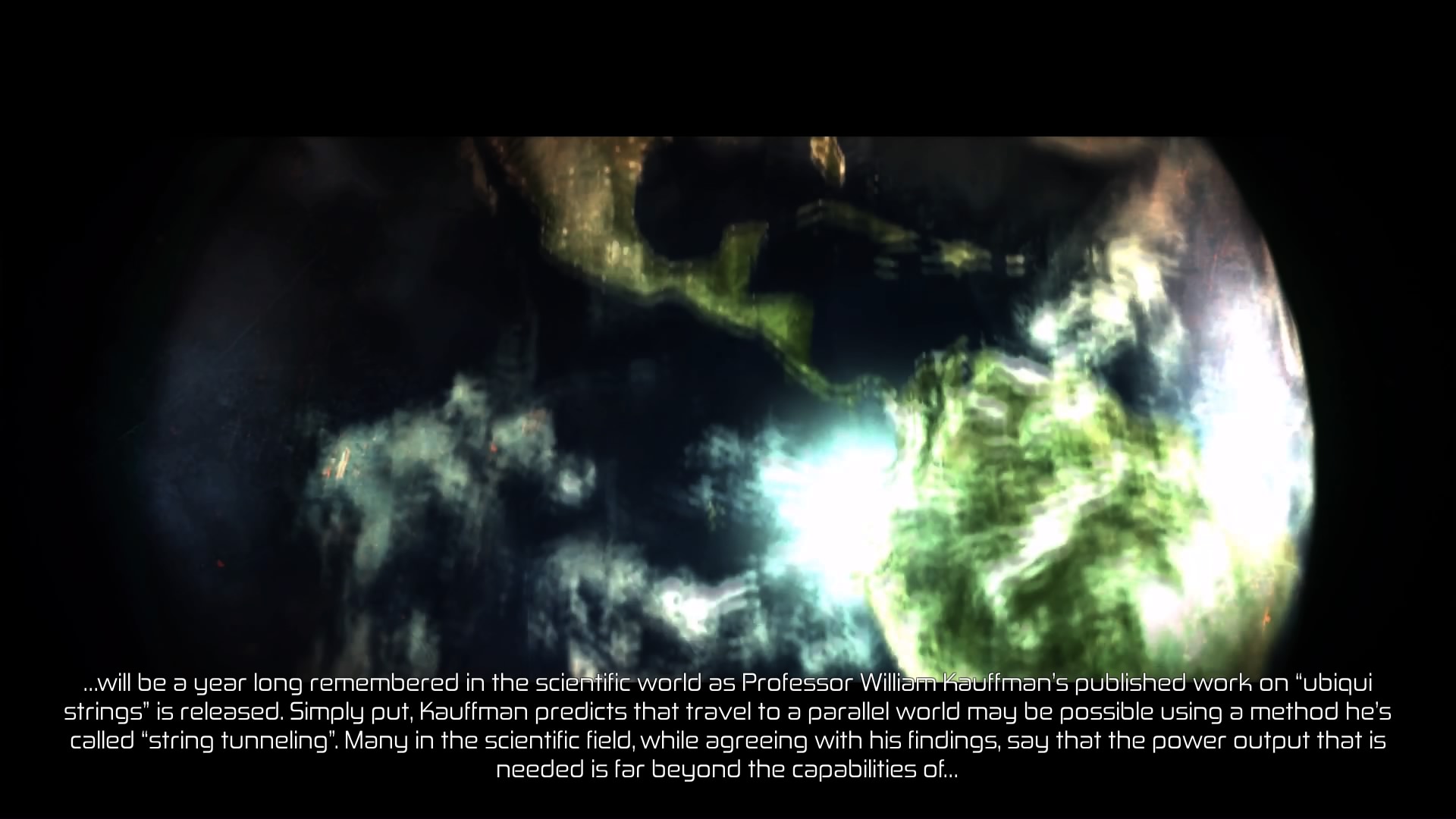
-
Outcast - Second Contact
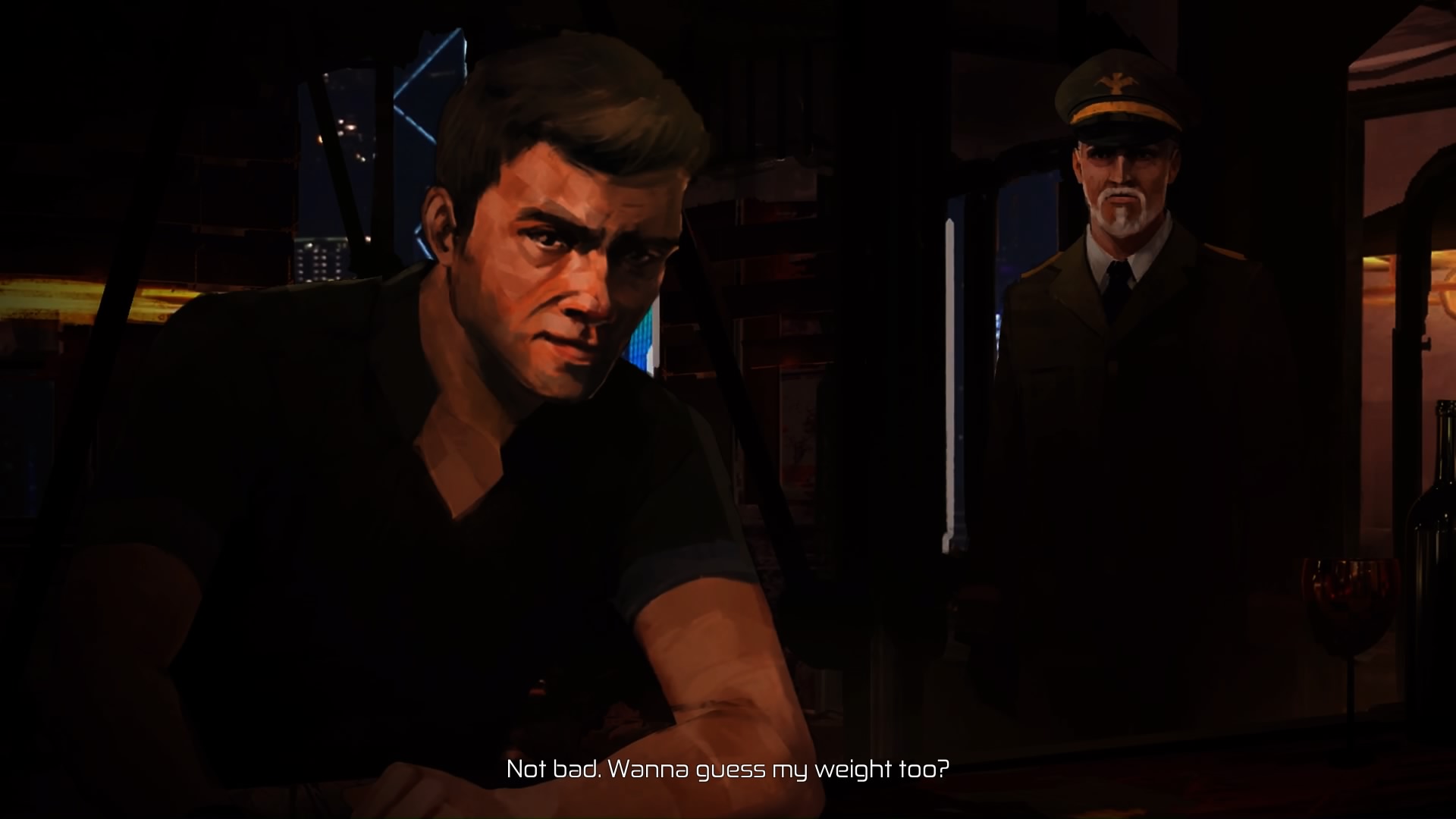
-
Outcast - Second Contact
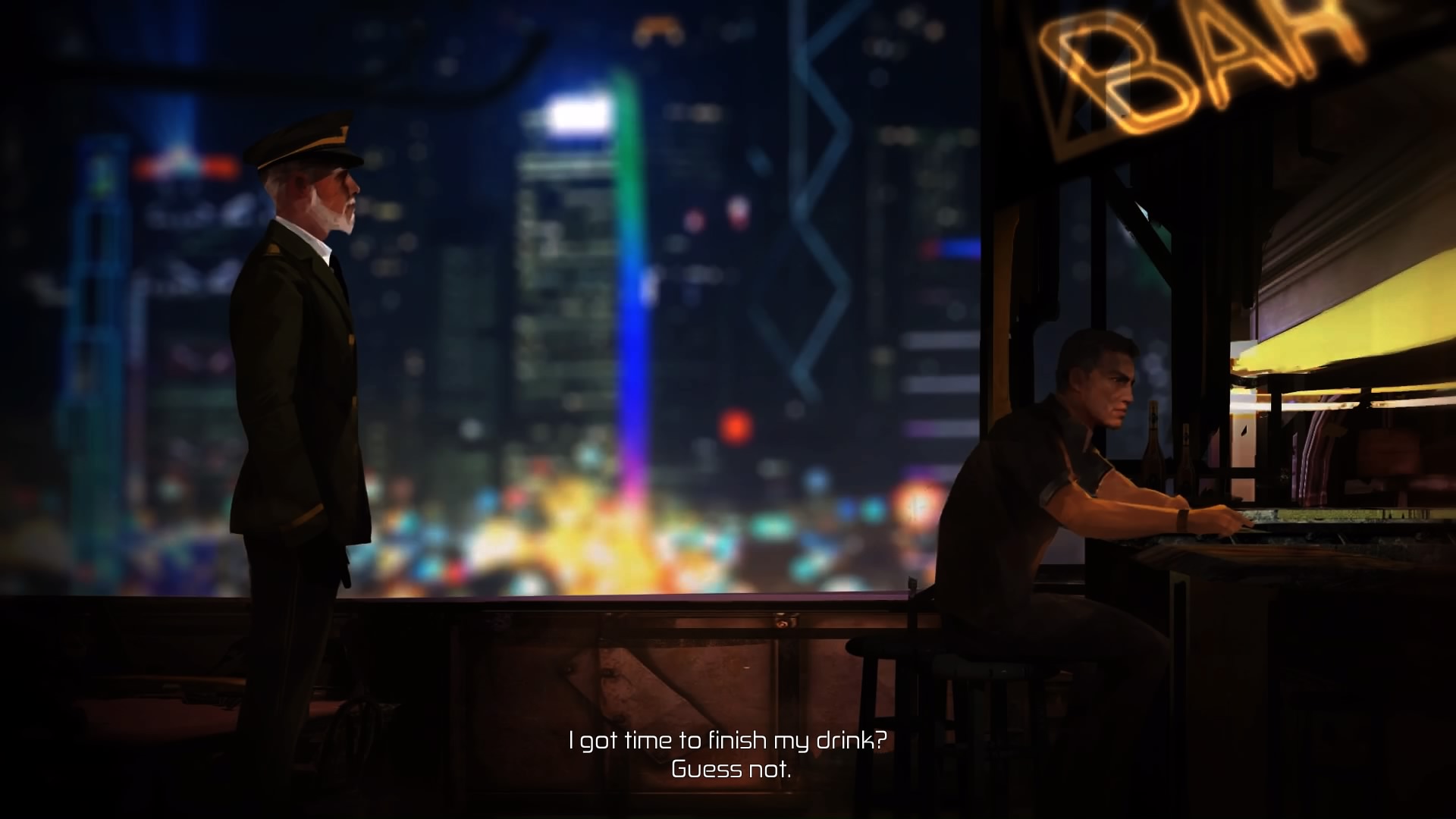
-
Outcast - Second Contact
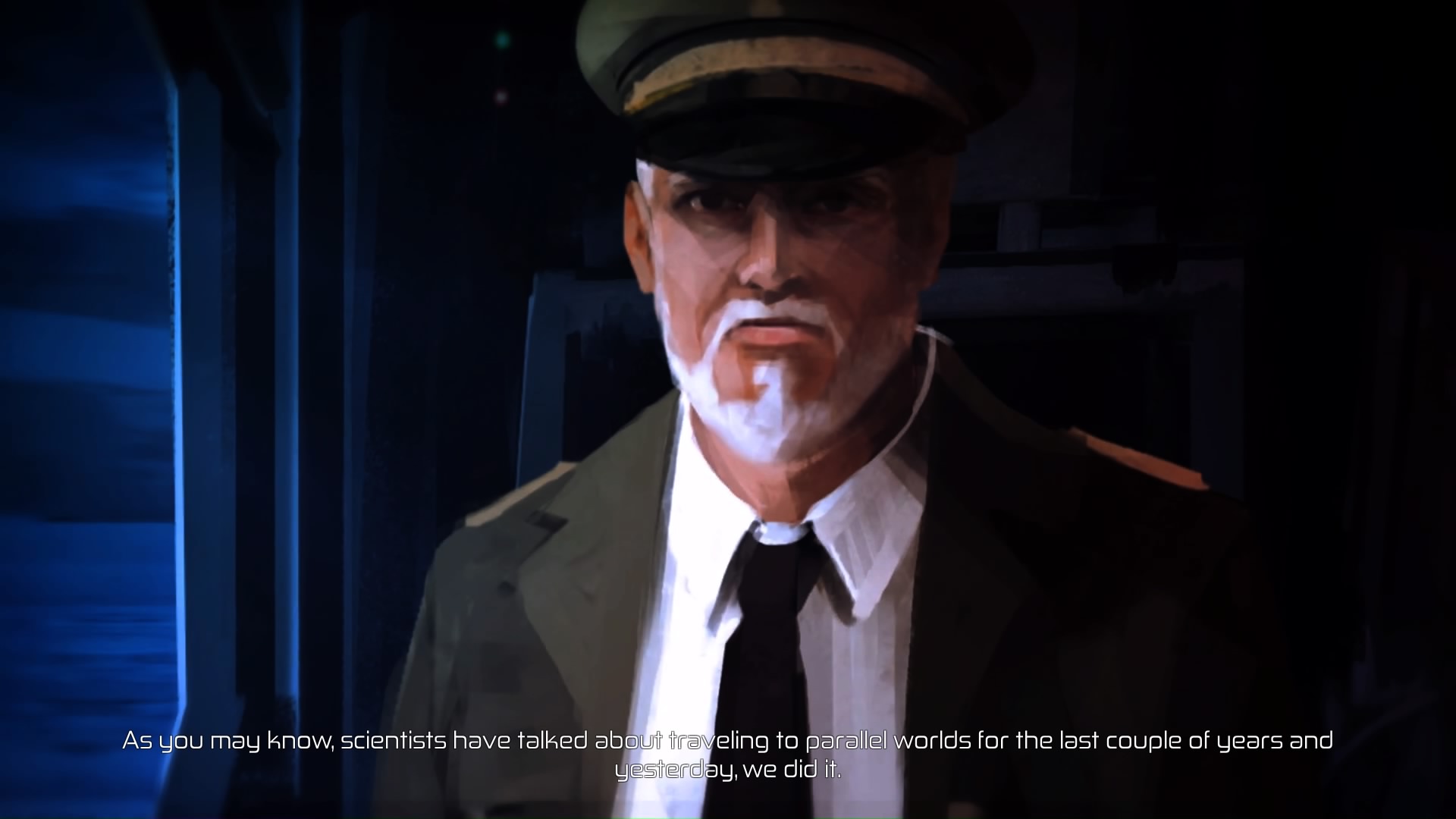
-
Outcast - Second Contact
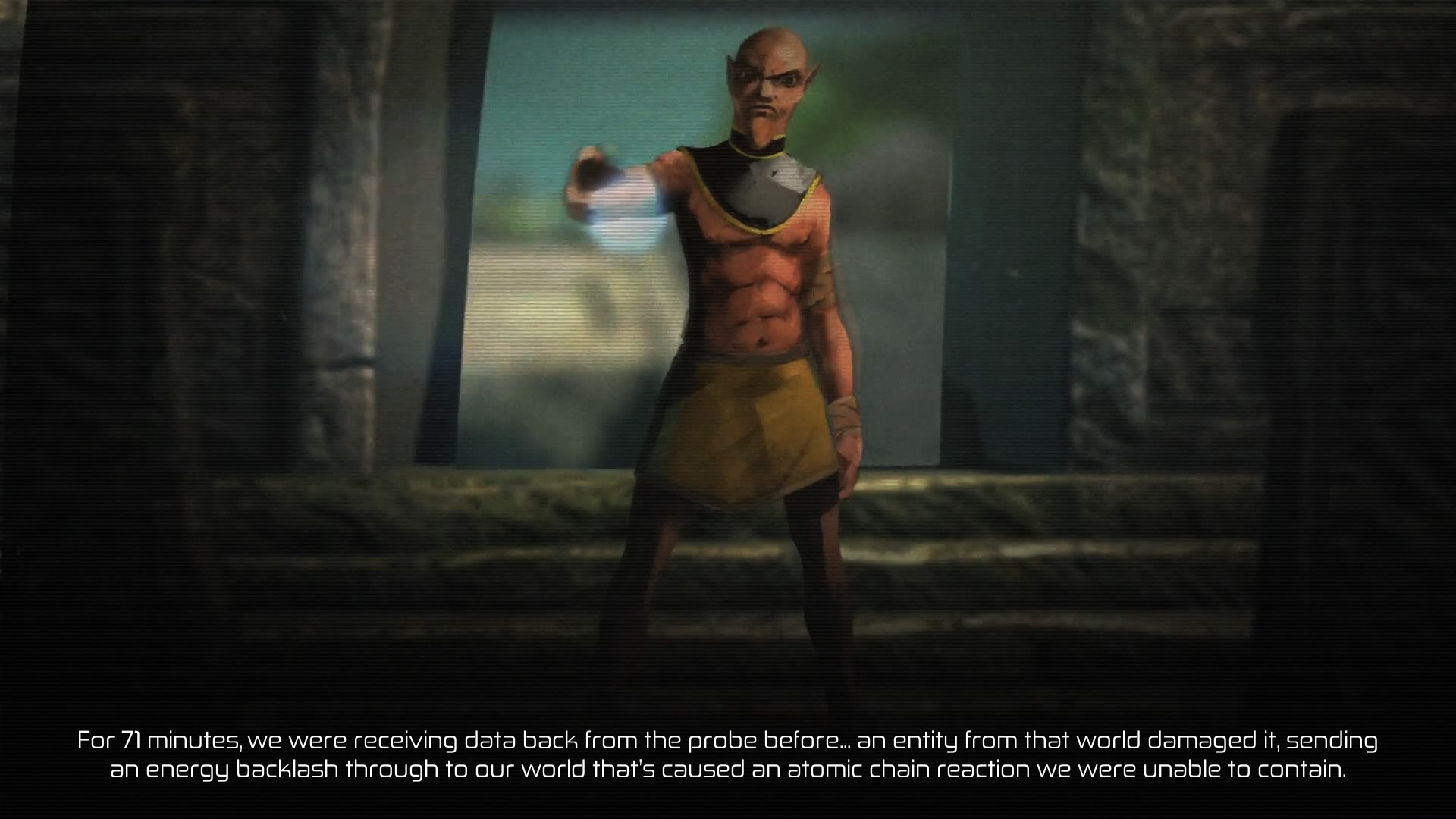
-
Outcast - Second Contact
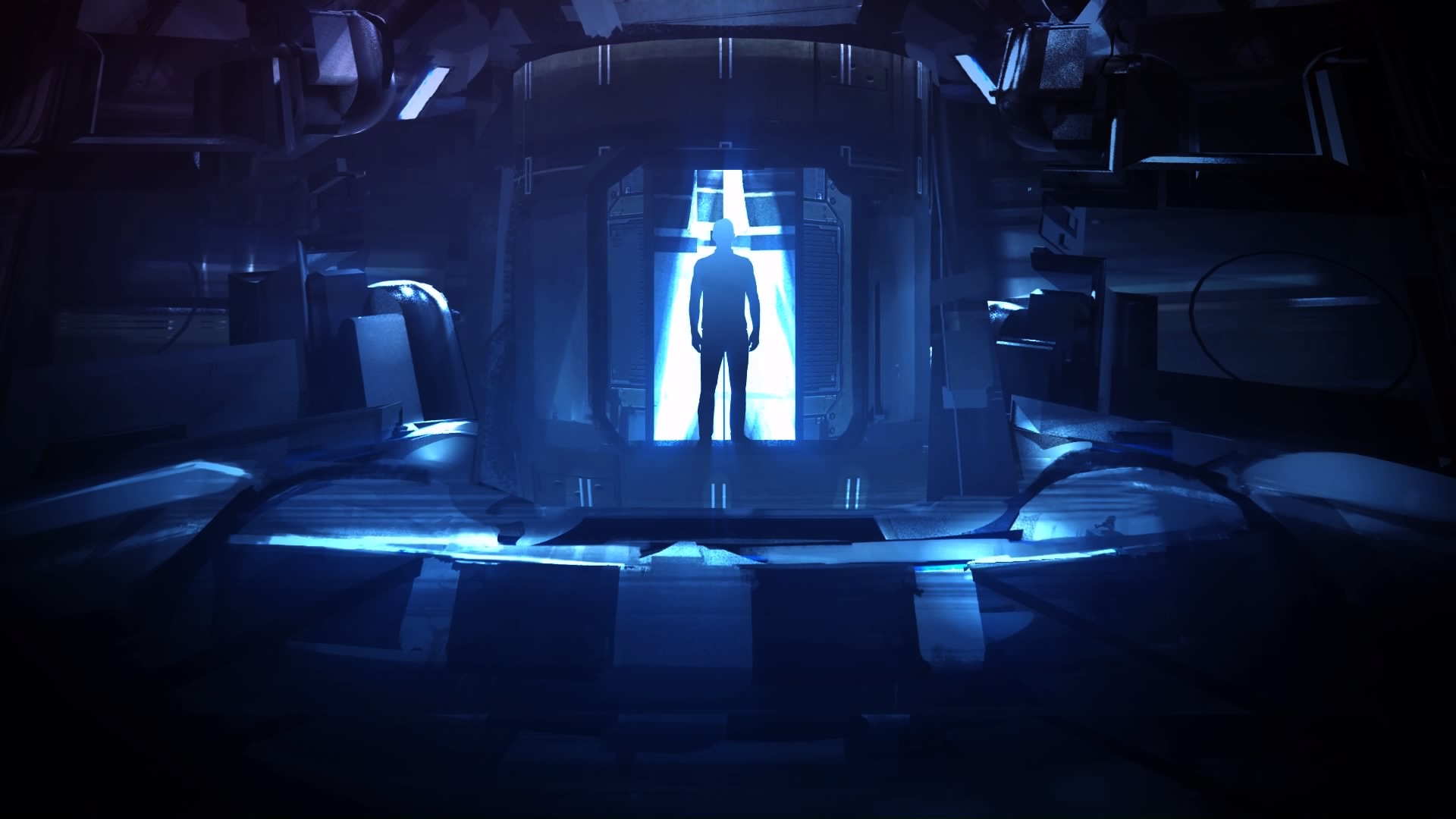
-
Outcast - Second Contact
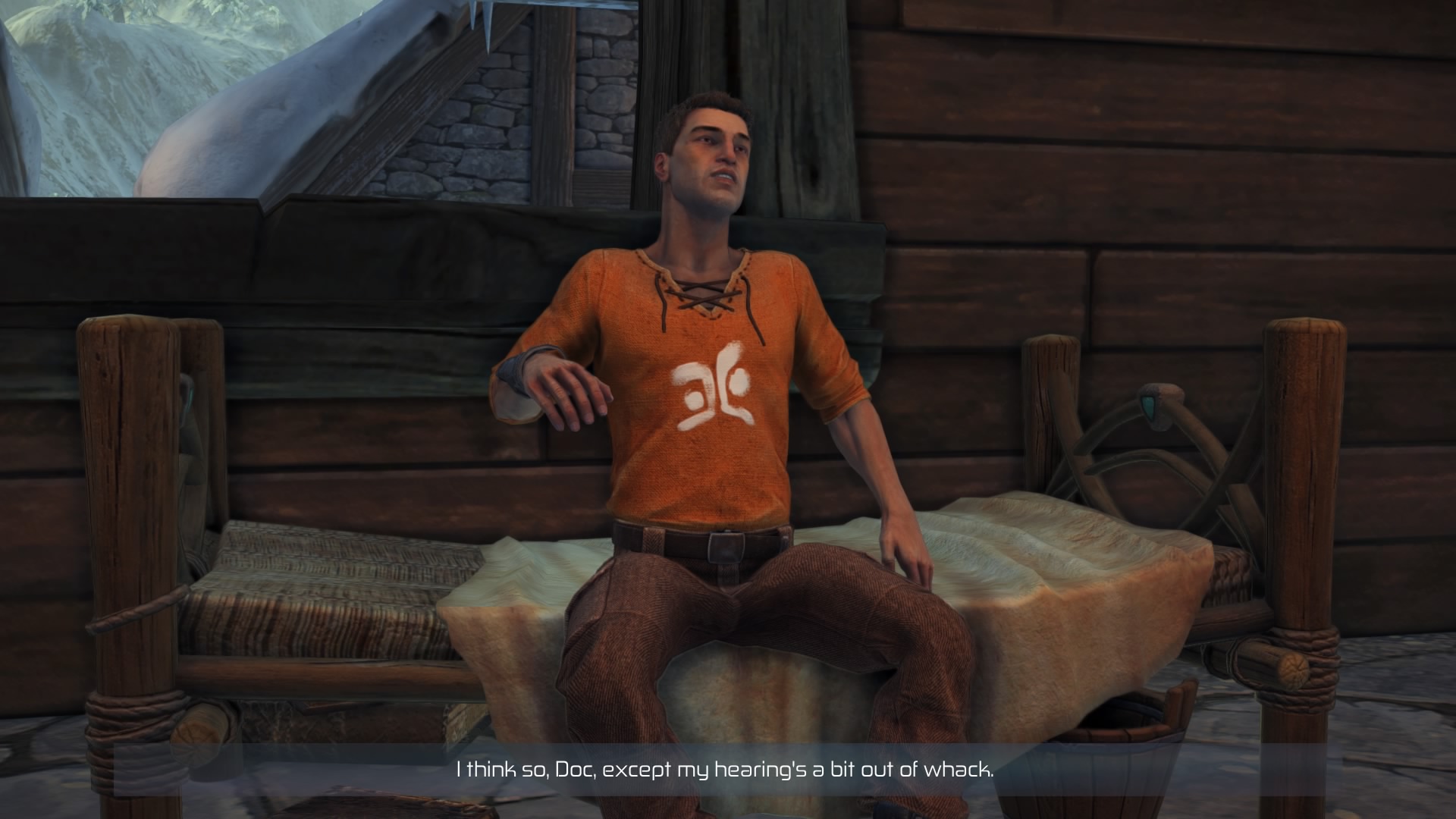
-
Outcast - Second Contact
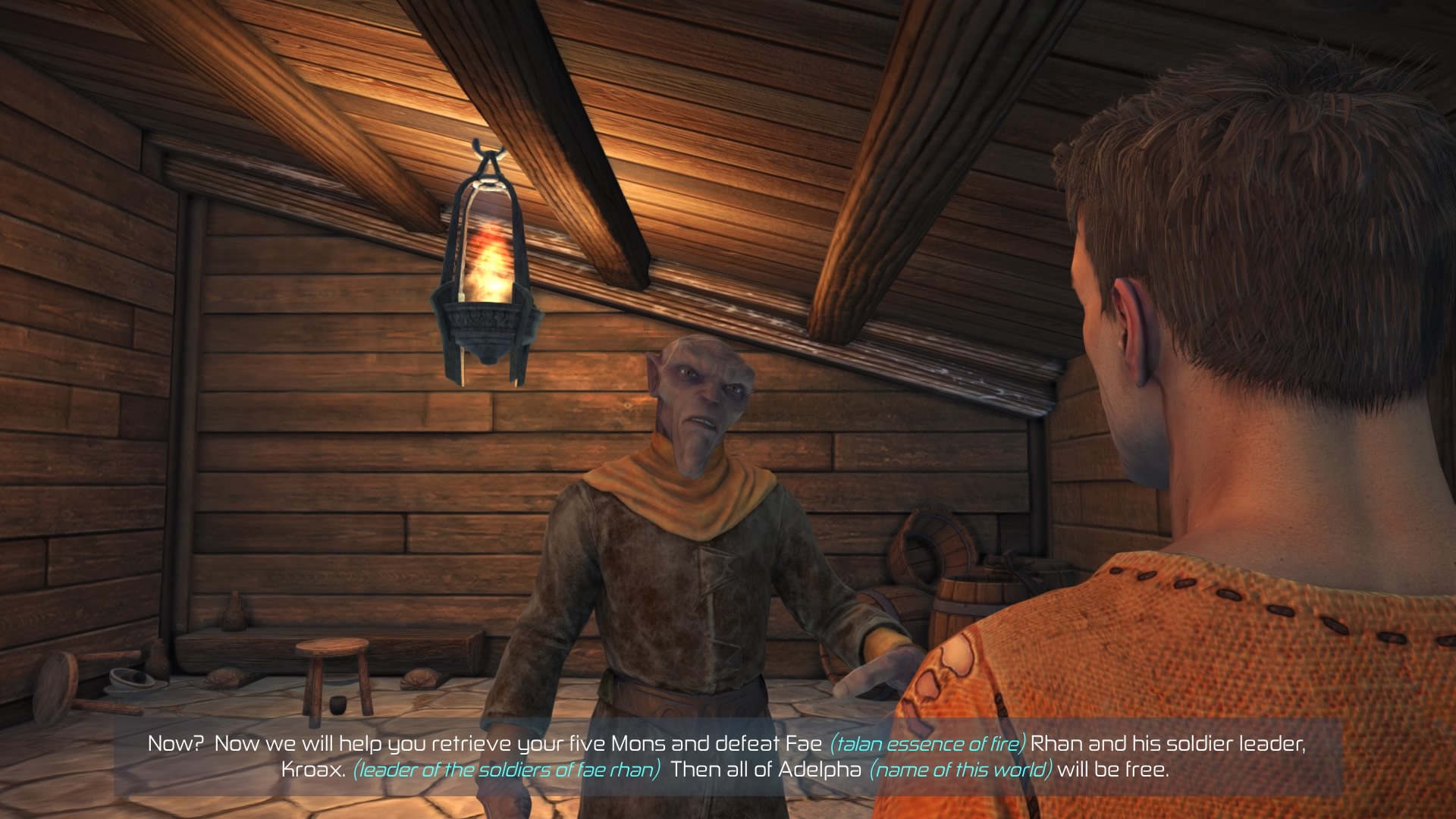
-
Outcast - Second Contact
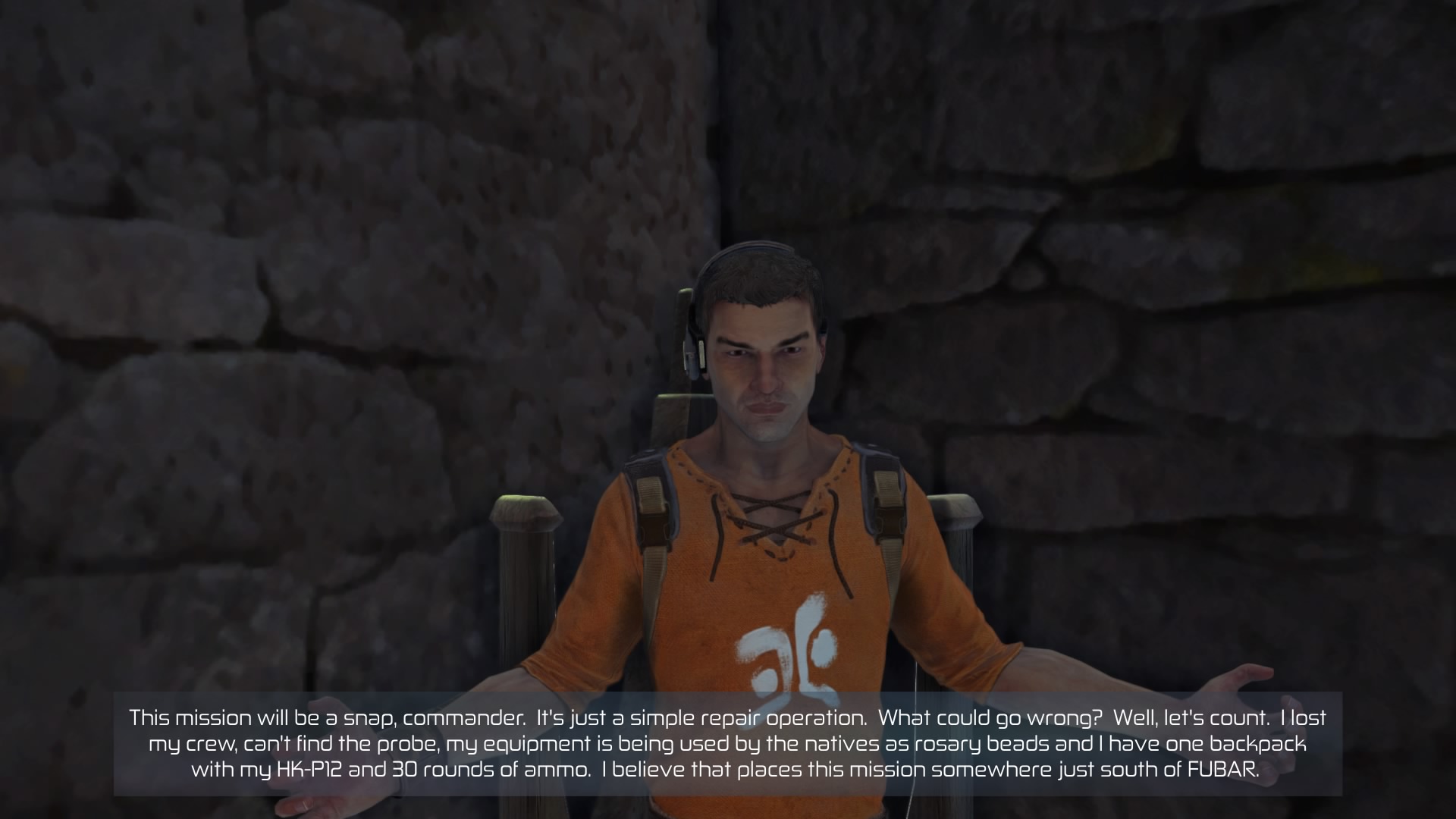
-
Outcast - Second Contact
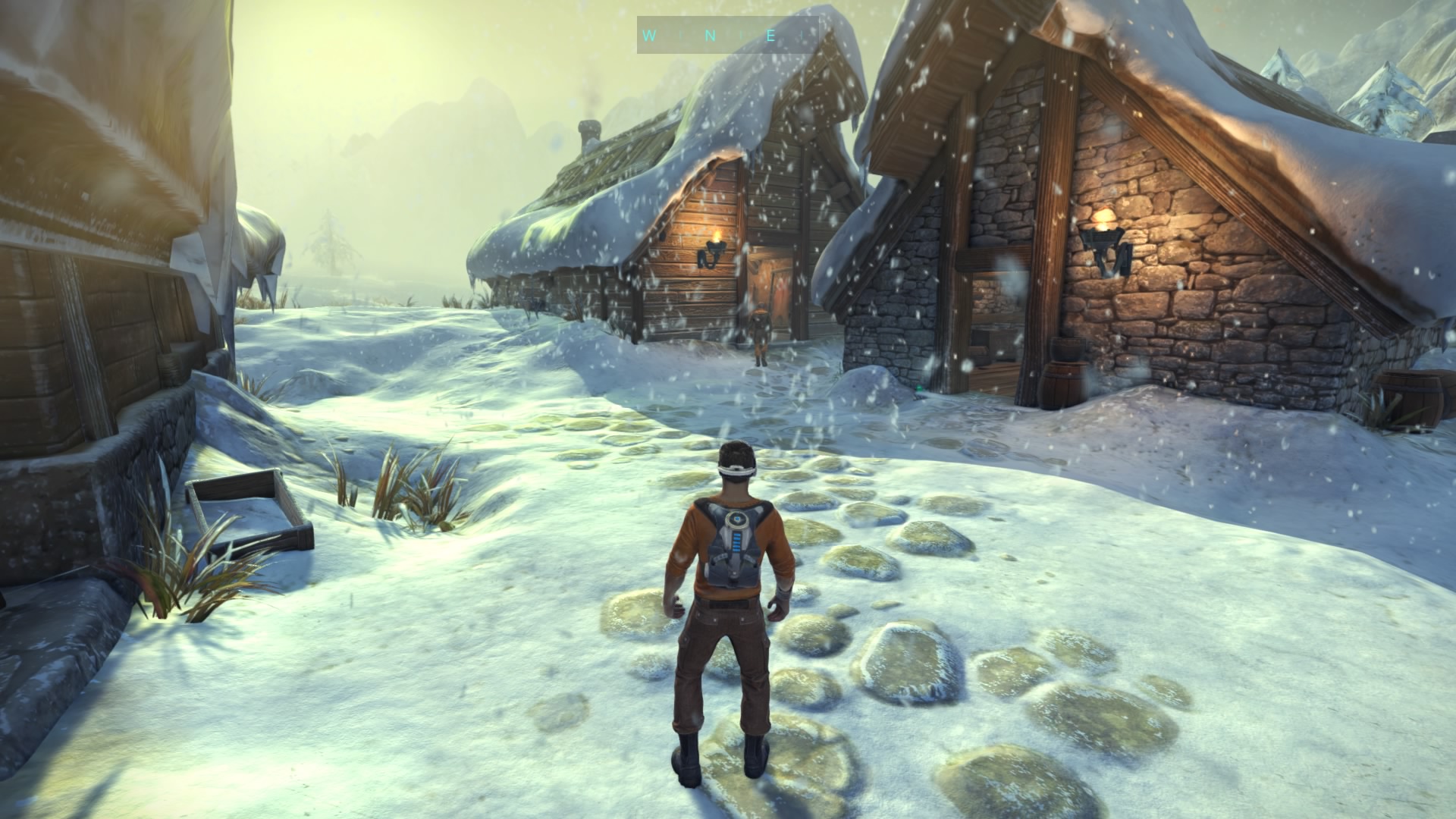
-
Outcast - Second Contact

-
Outcast - Second Contact
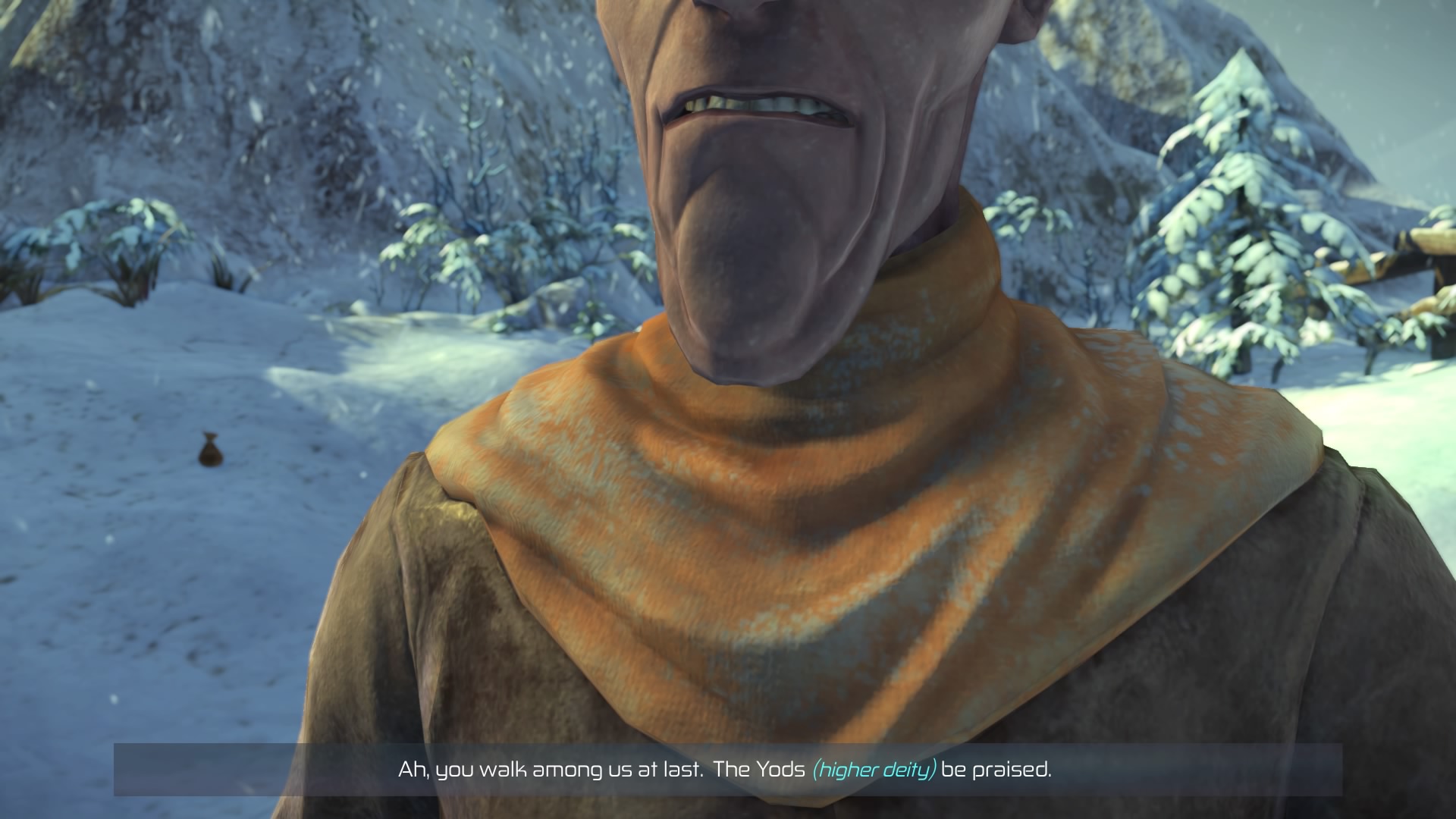
-
Outcast - Second Contact
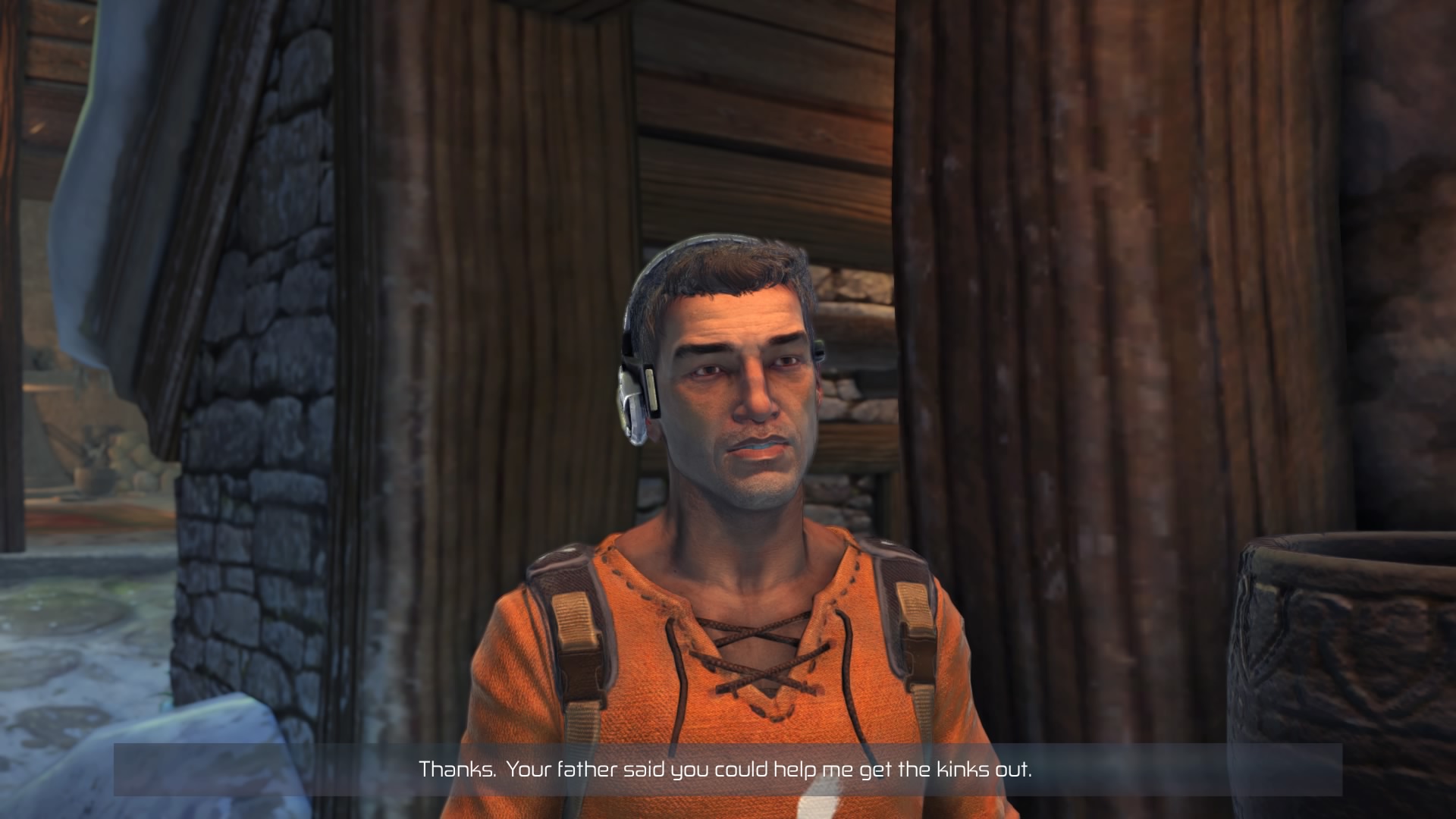
-
Outcast - Second Contact
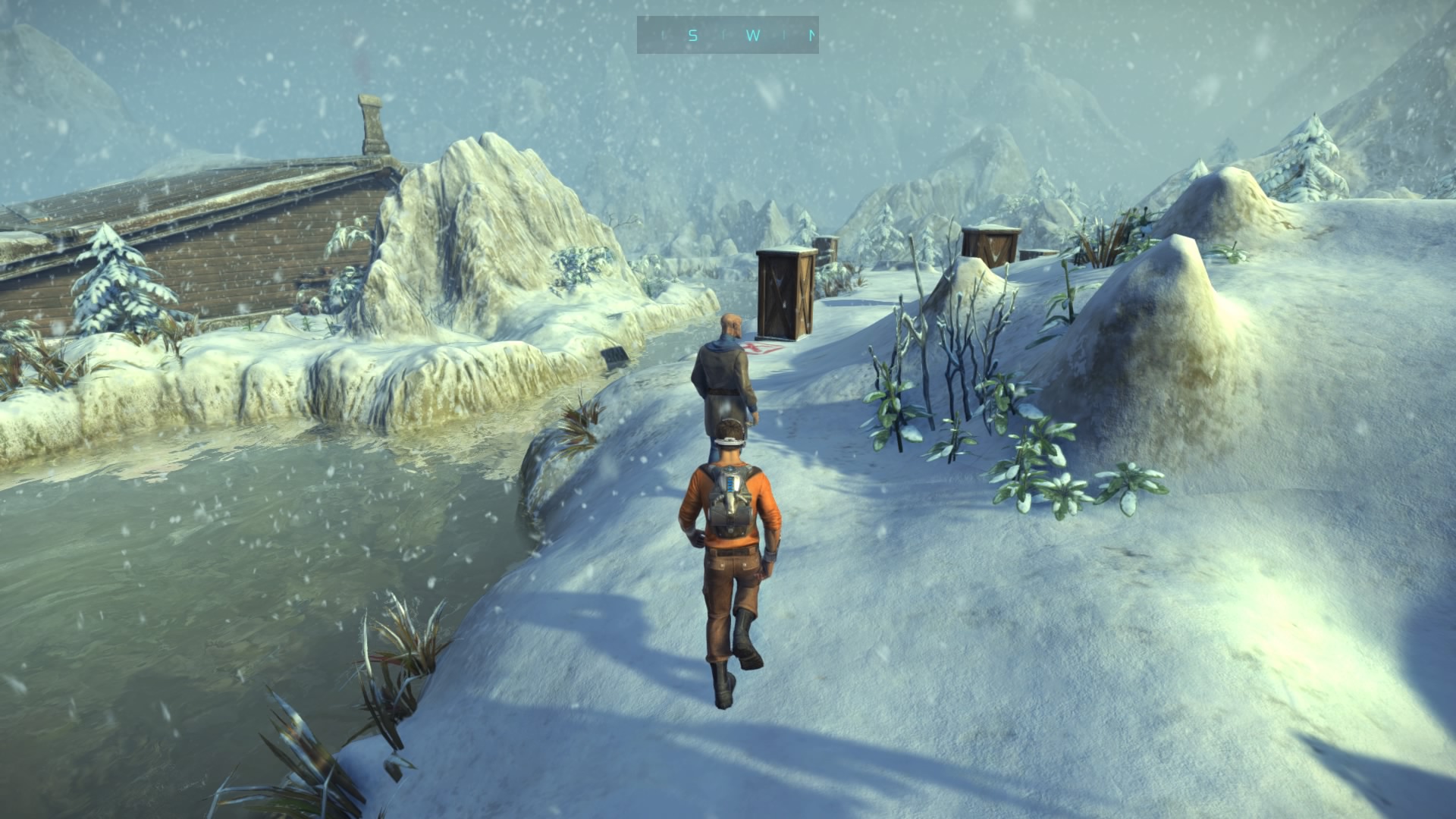
-
Outcast - Second Contact
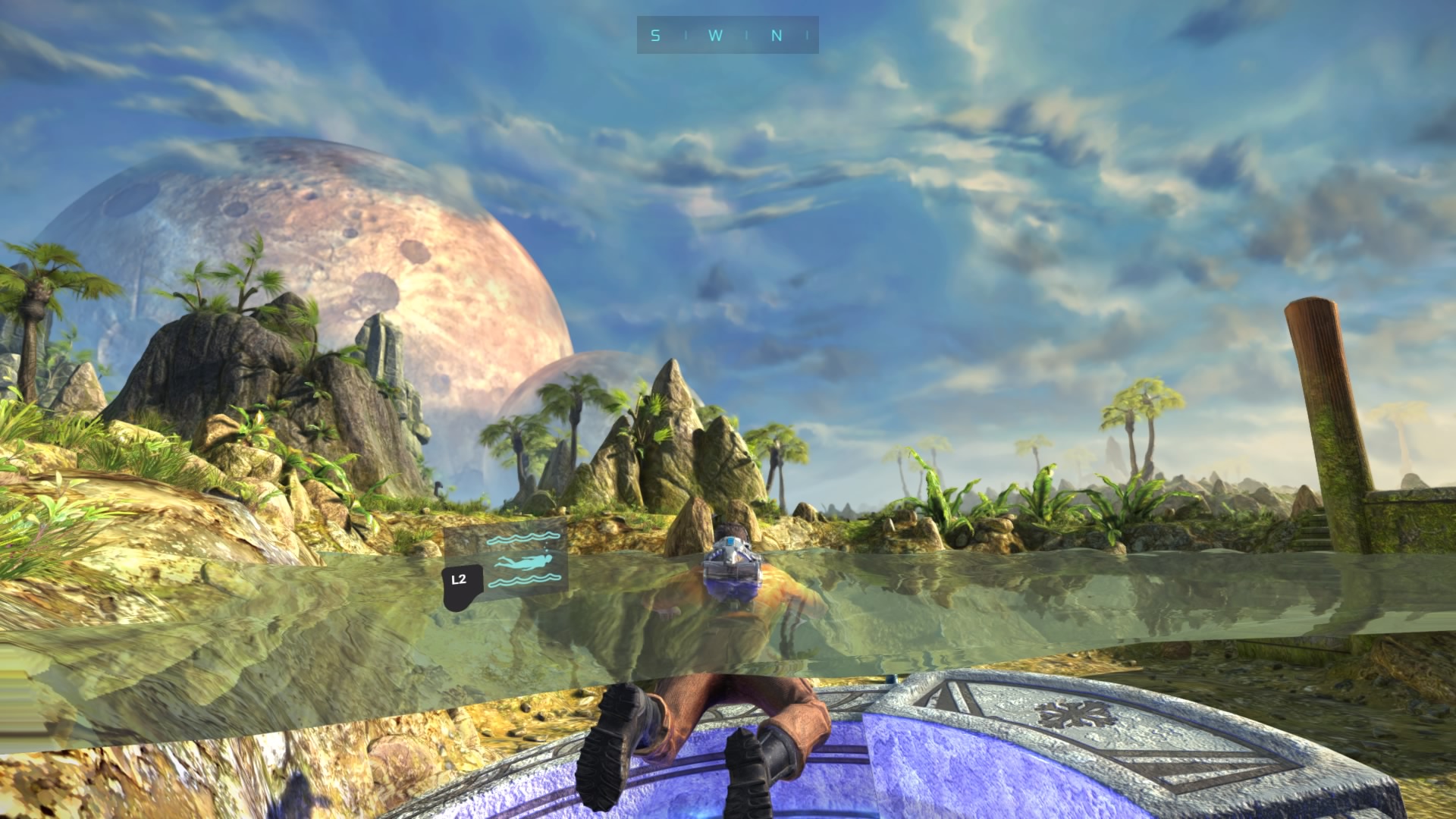
-
Outcast - Second Contact
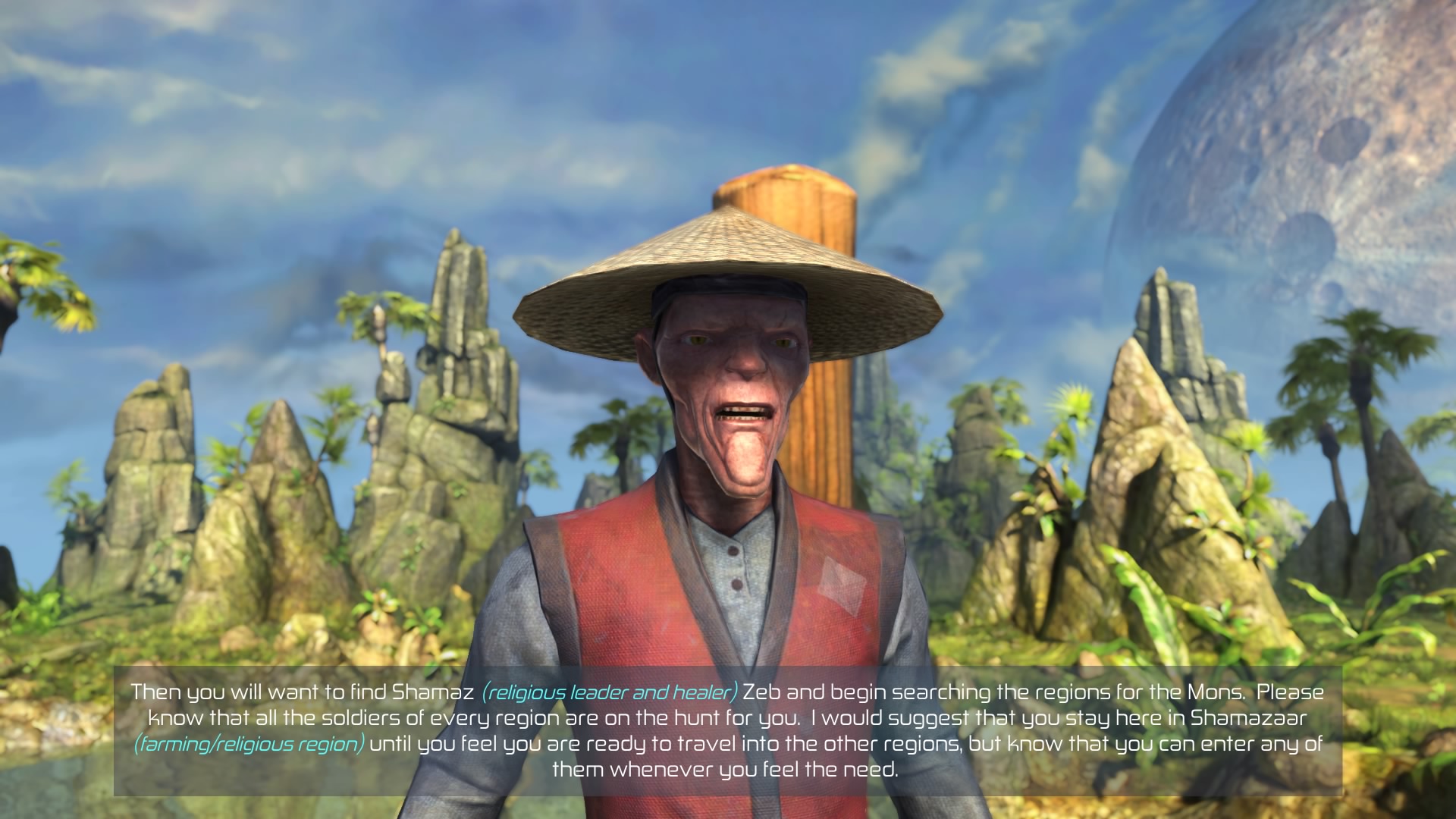
-
Outcast - Second Contact
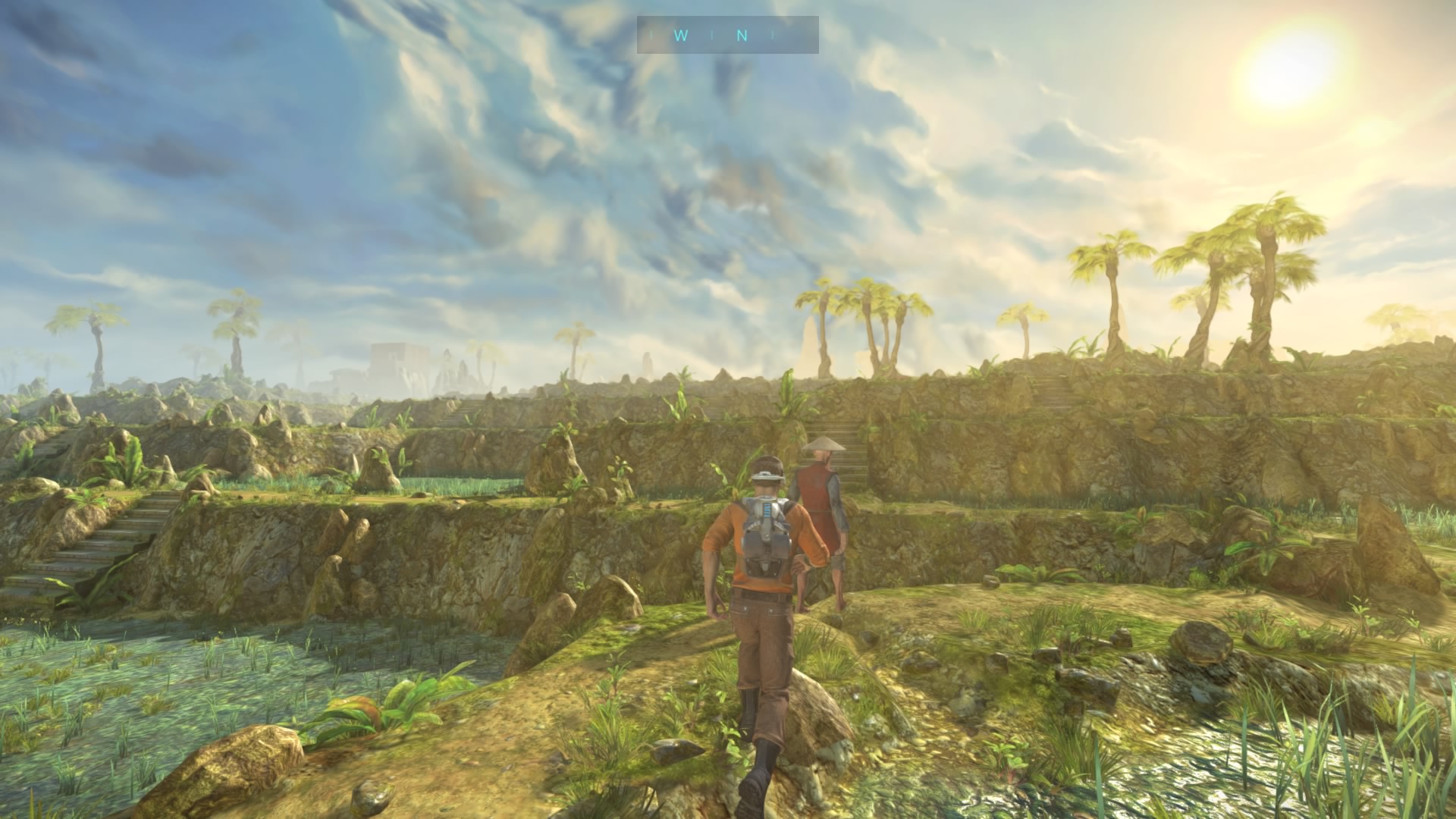
-
Outcast - Second Contact
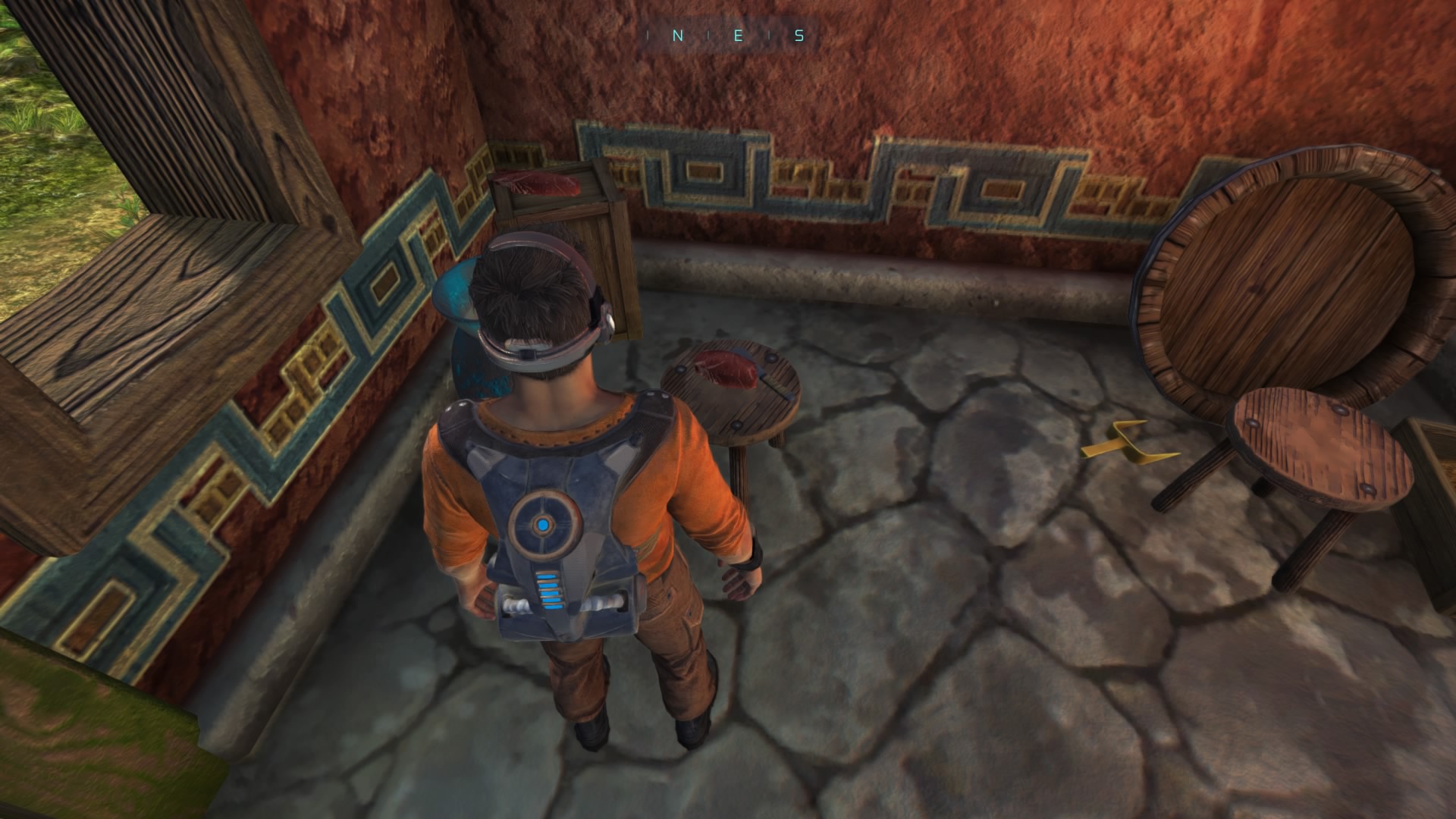
-
Outcast - Second Contact
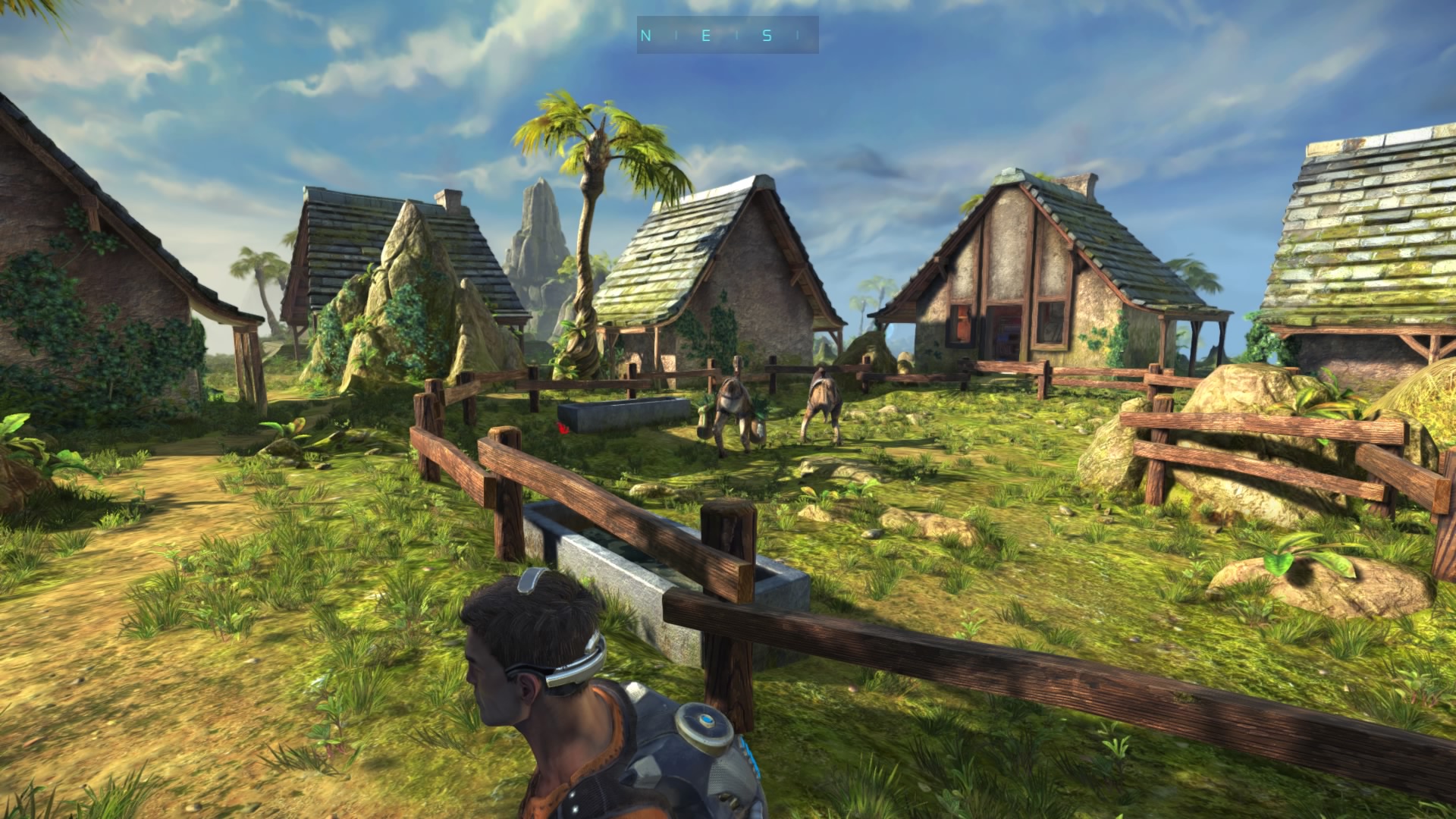
-
Outcast - Second Contact
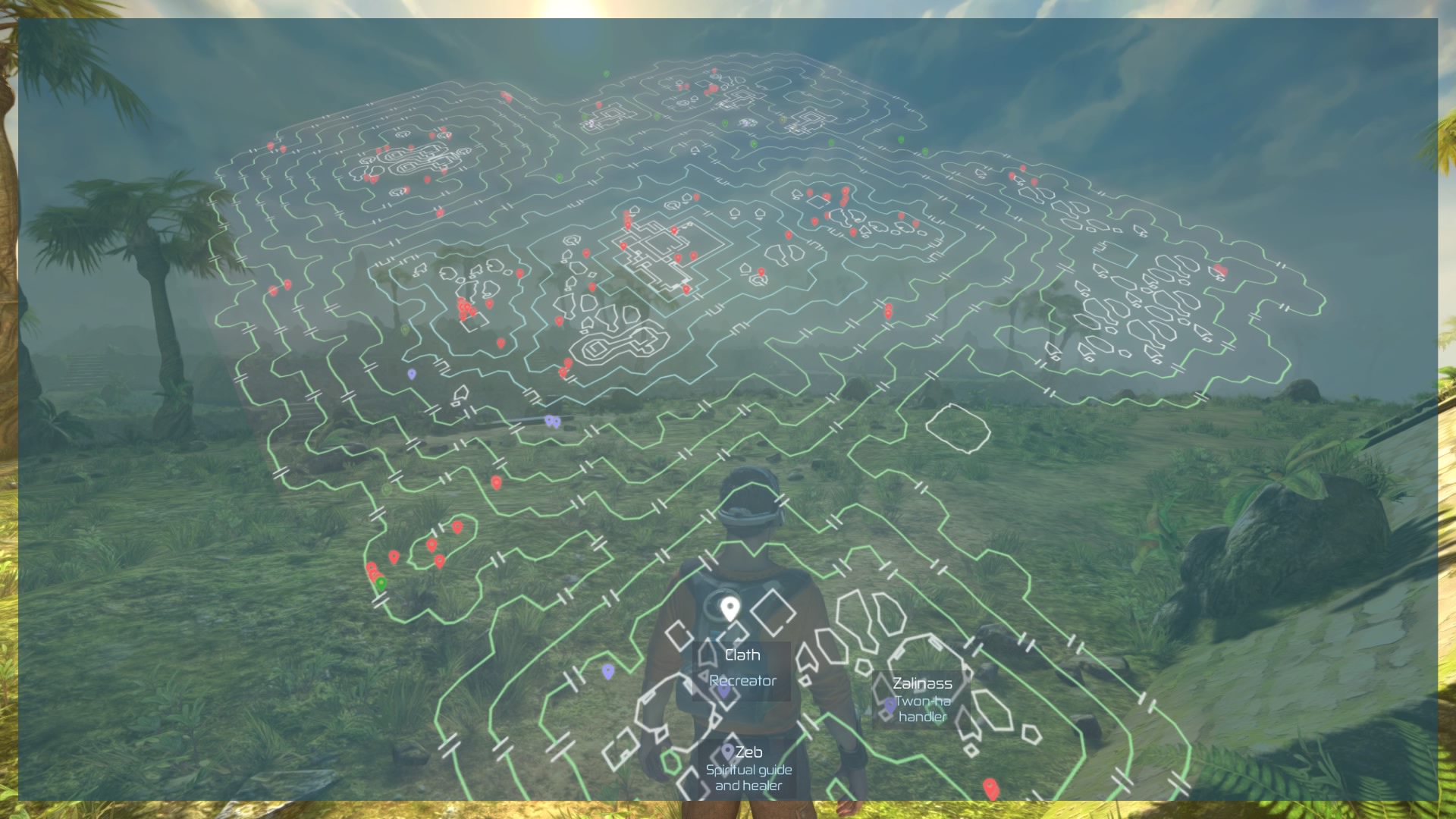
-
Outcast - Second Contact
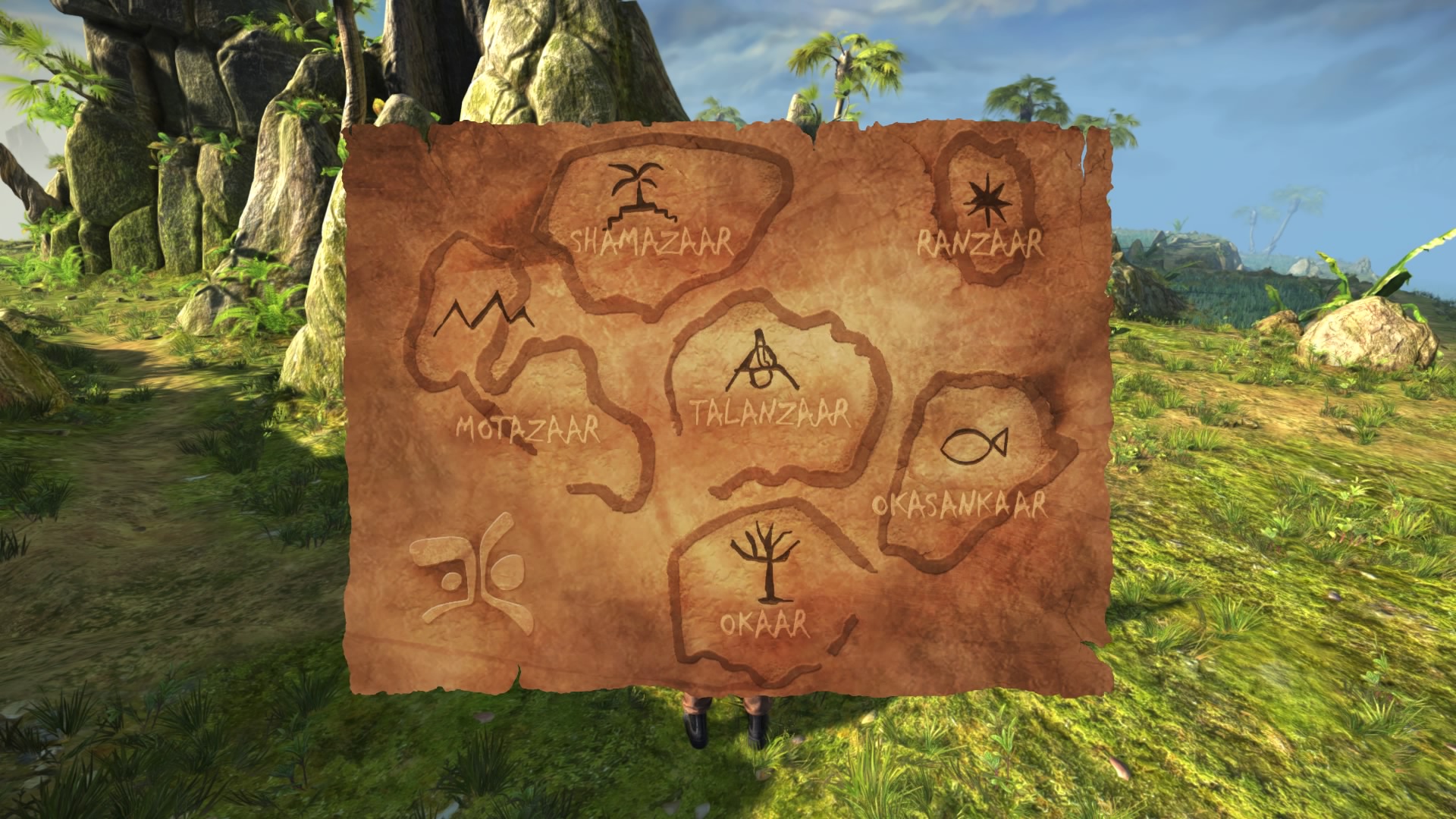
-
Outcast - Second Contact
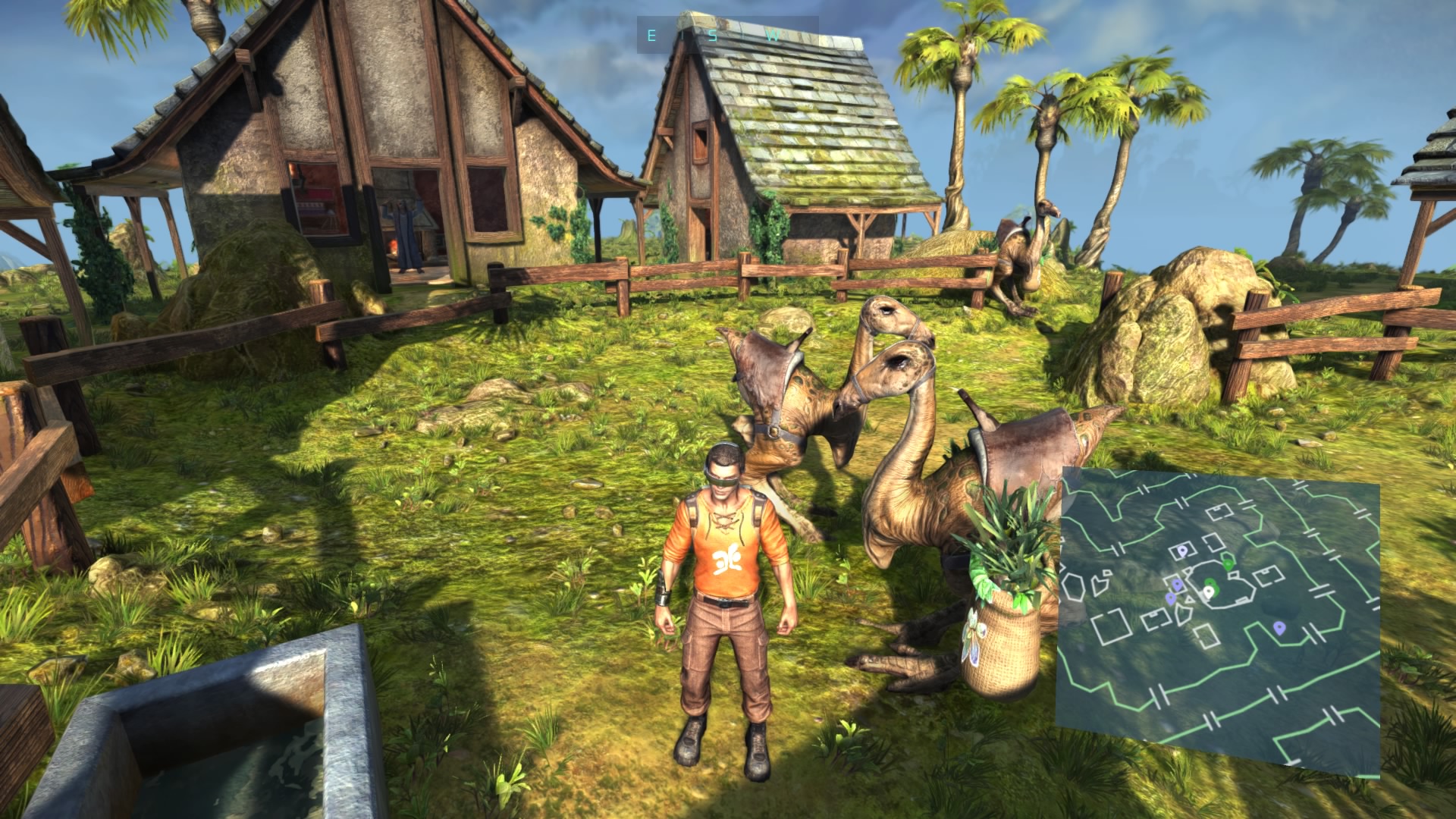
-
Outcast - Second Contact

-
Outcast - Second Contact
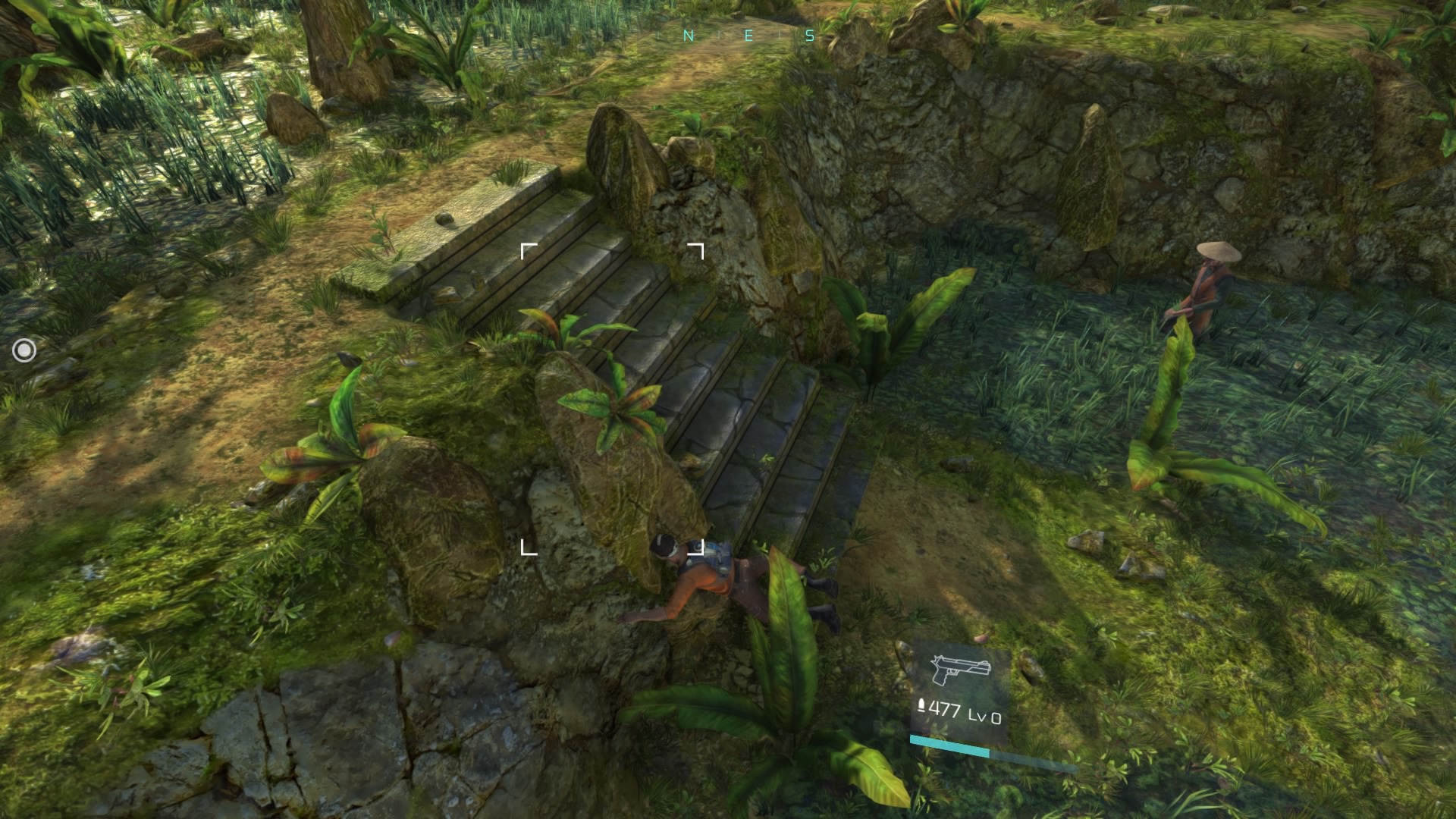
-
Outcast - Second Contact

-
Outcast - Second Contact
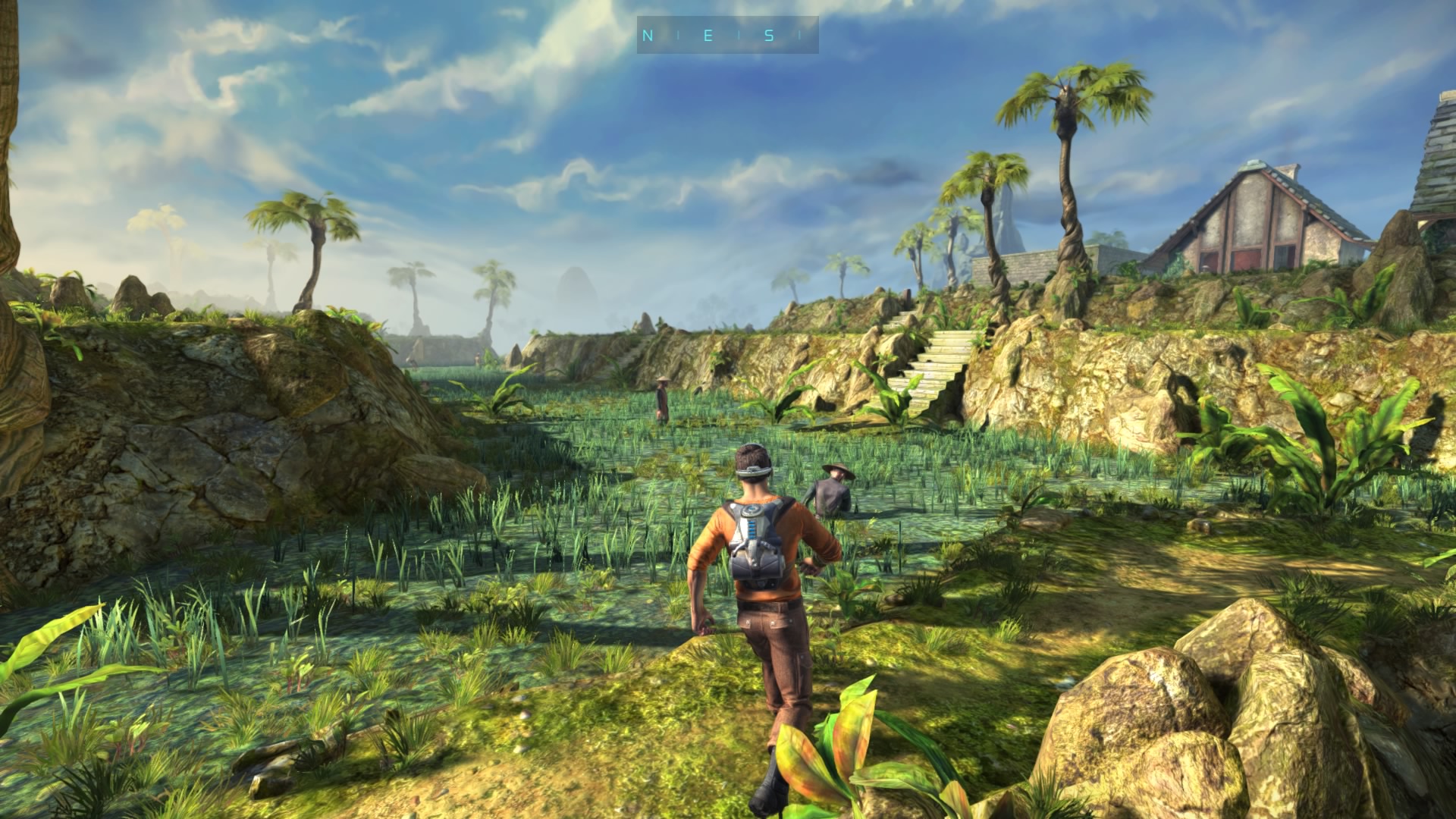
-
Outcast - Second Contact
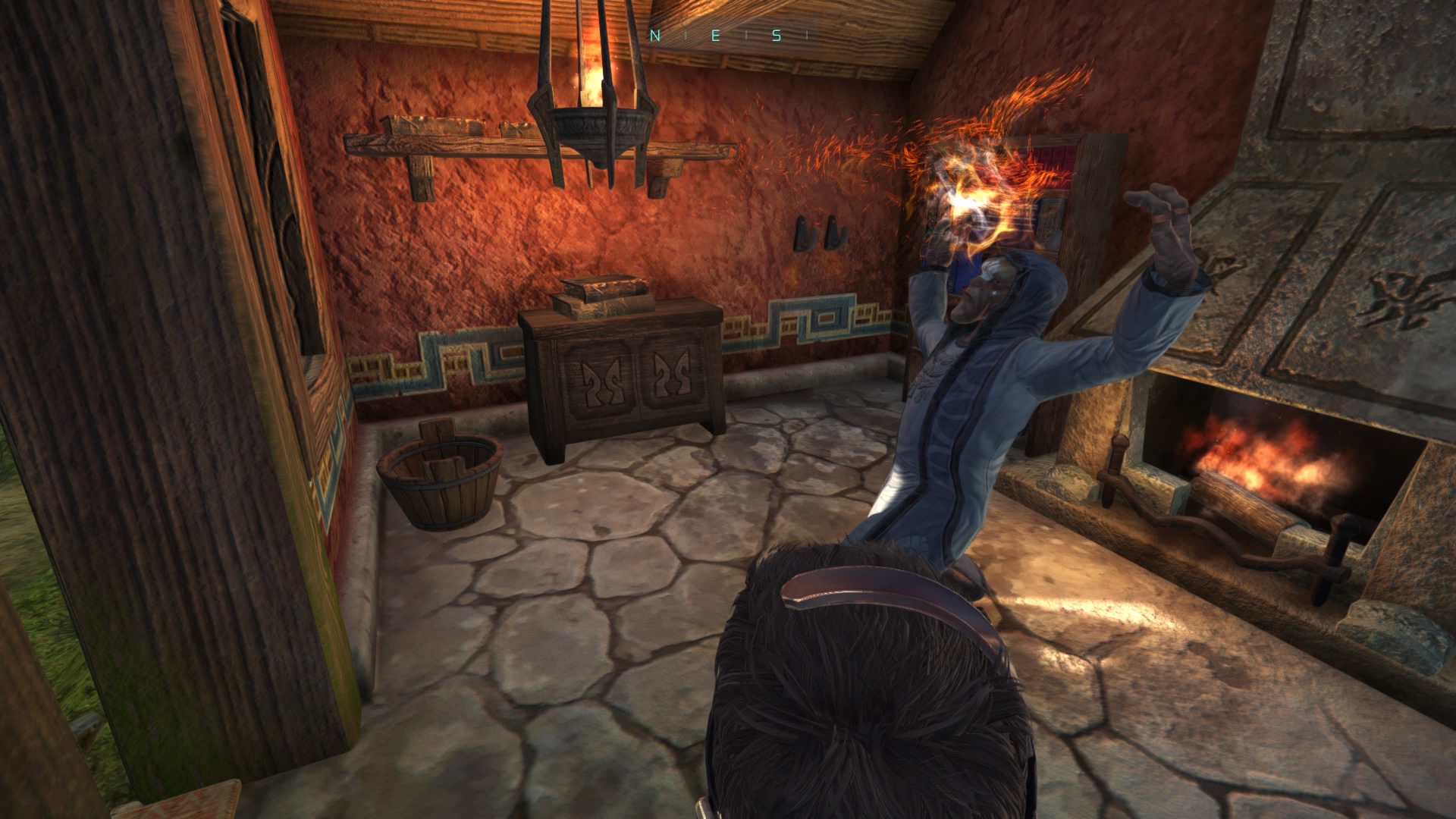
-
Outcast - Second Contact
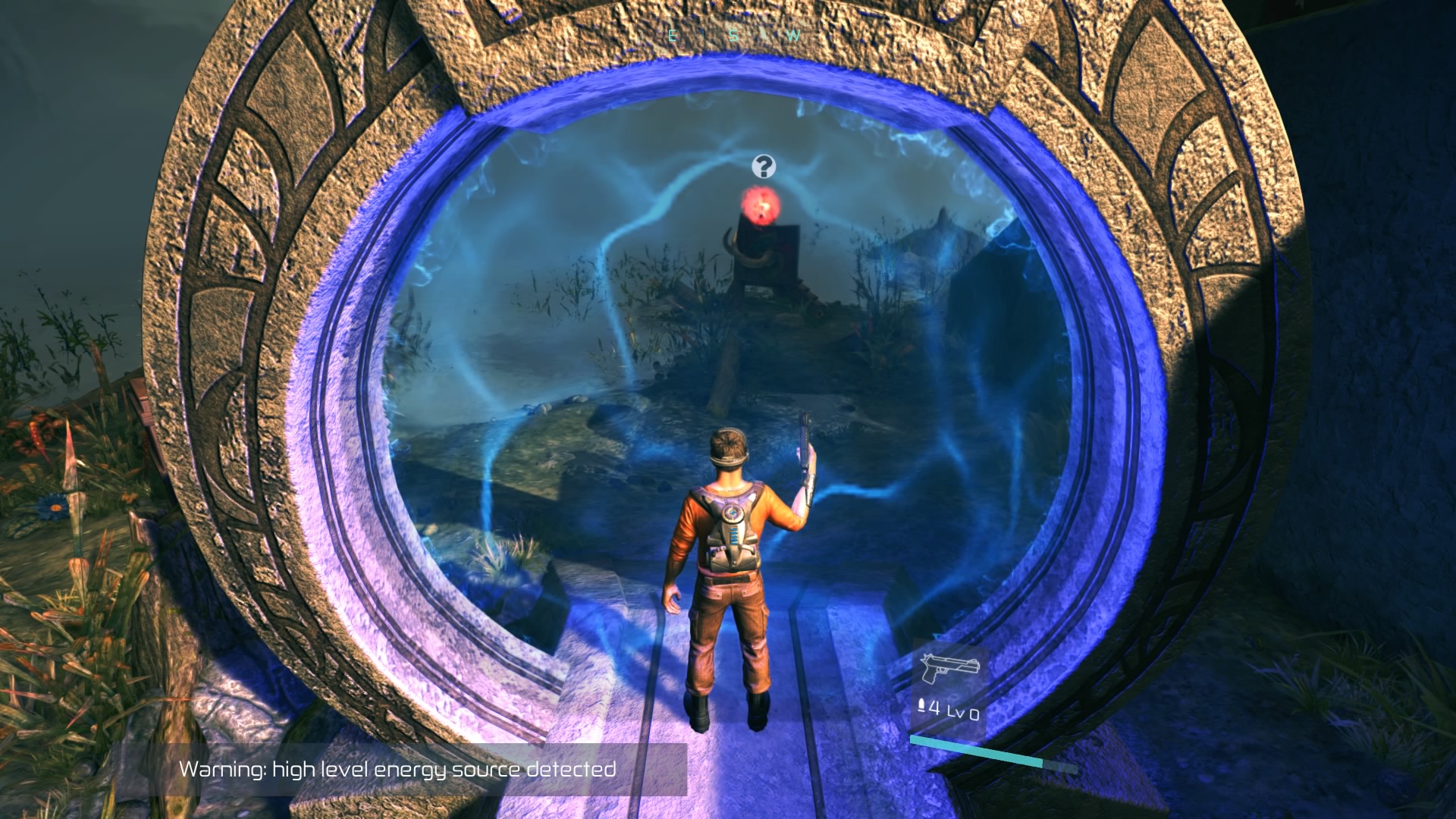
-
Outcast - Second Contact
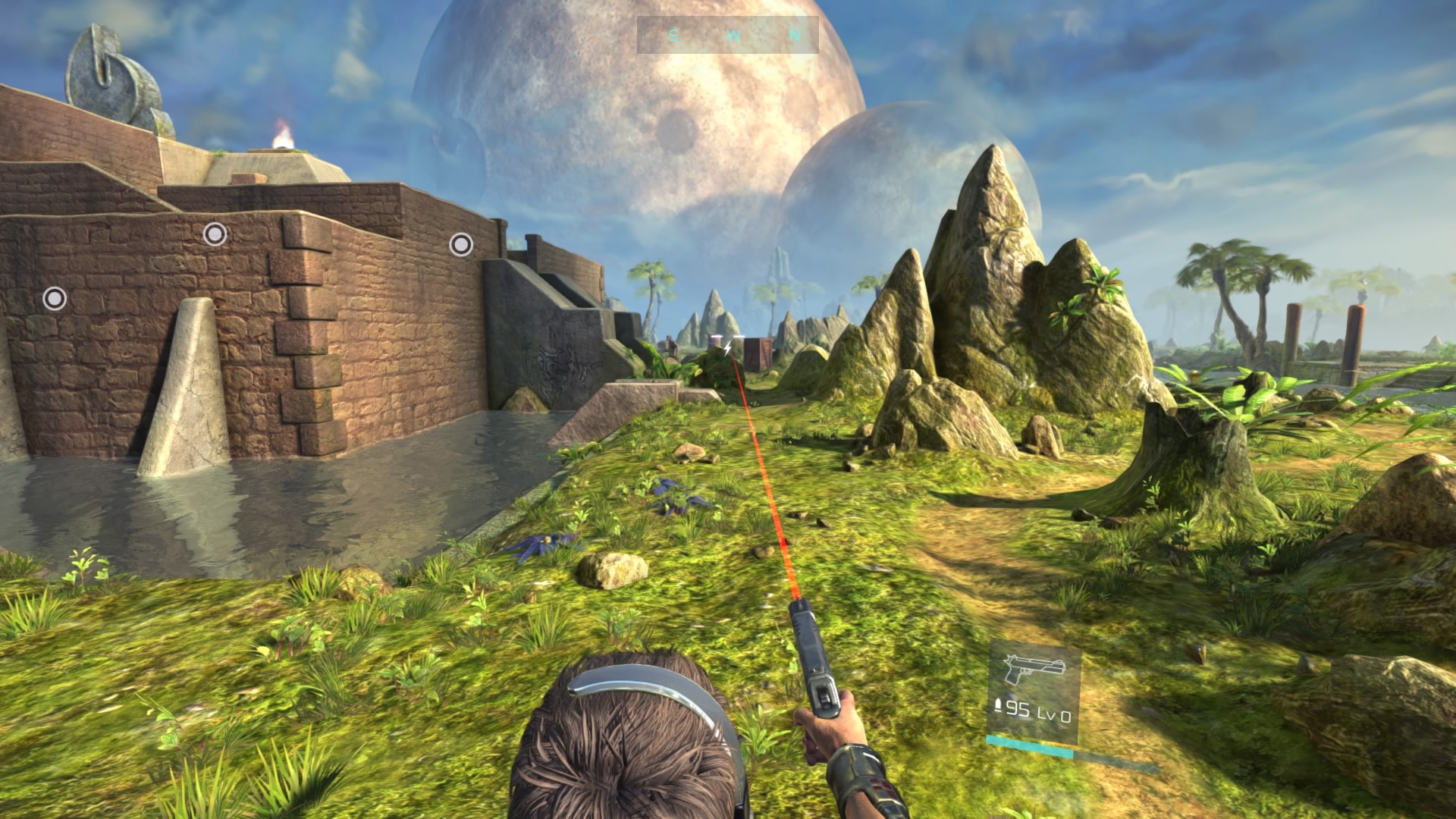
-
Outcast - Second Contact
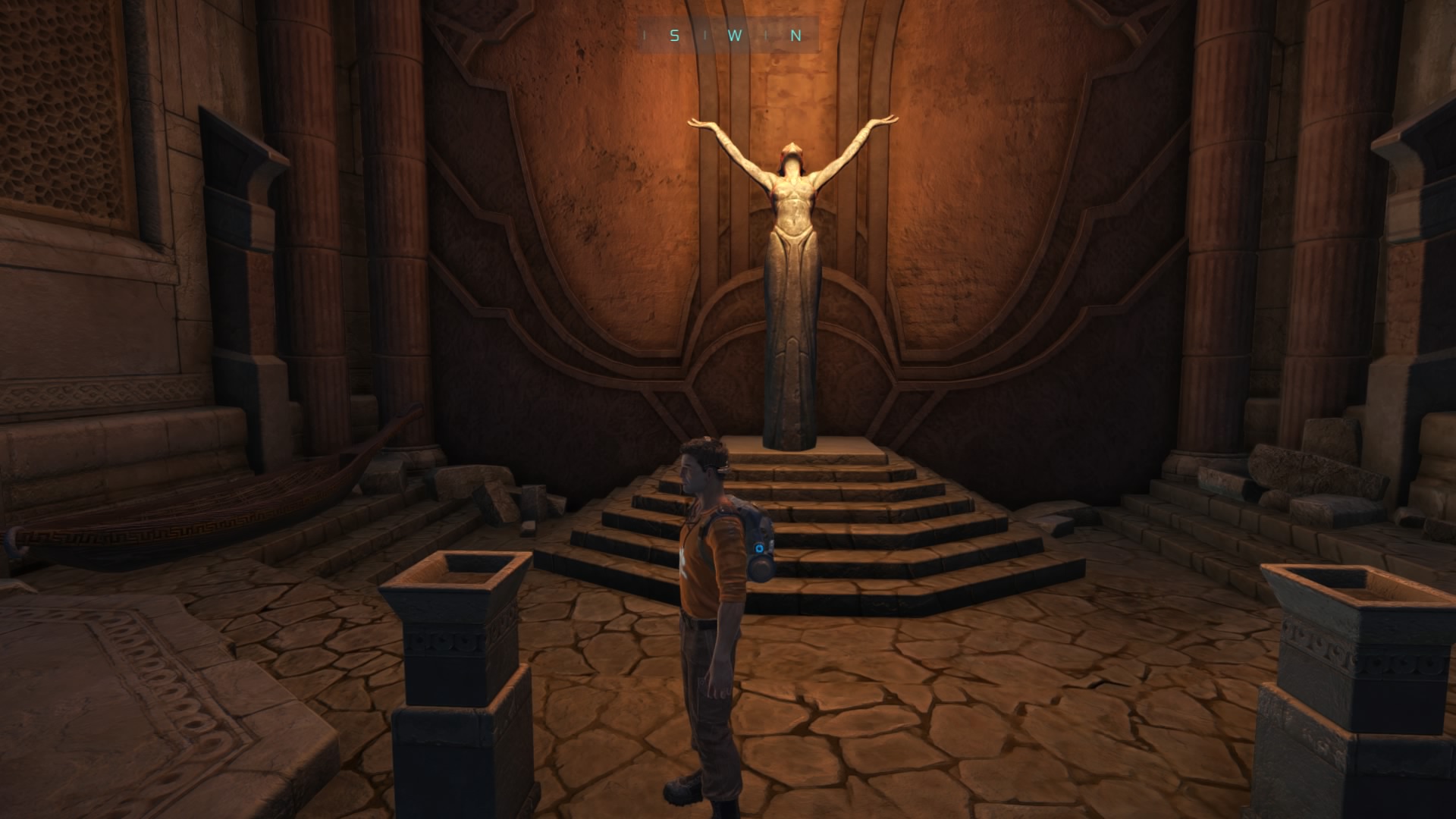
-
Outcast - Second Contact
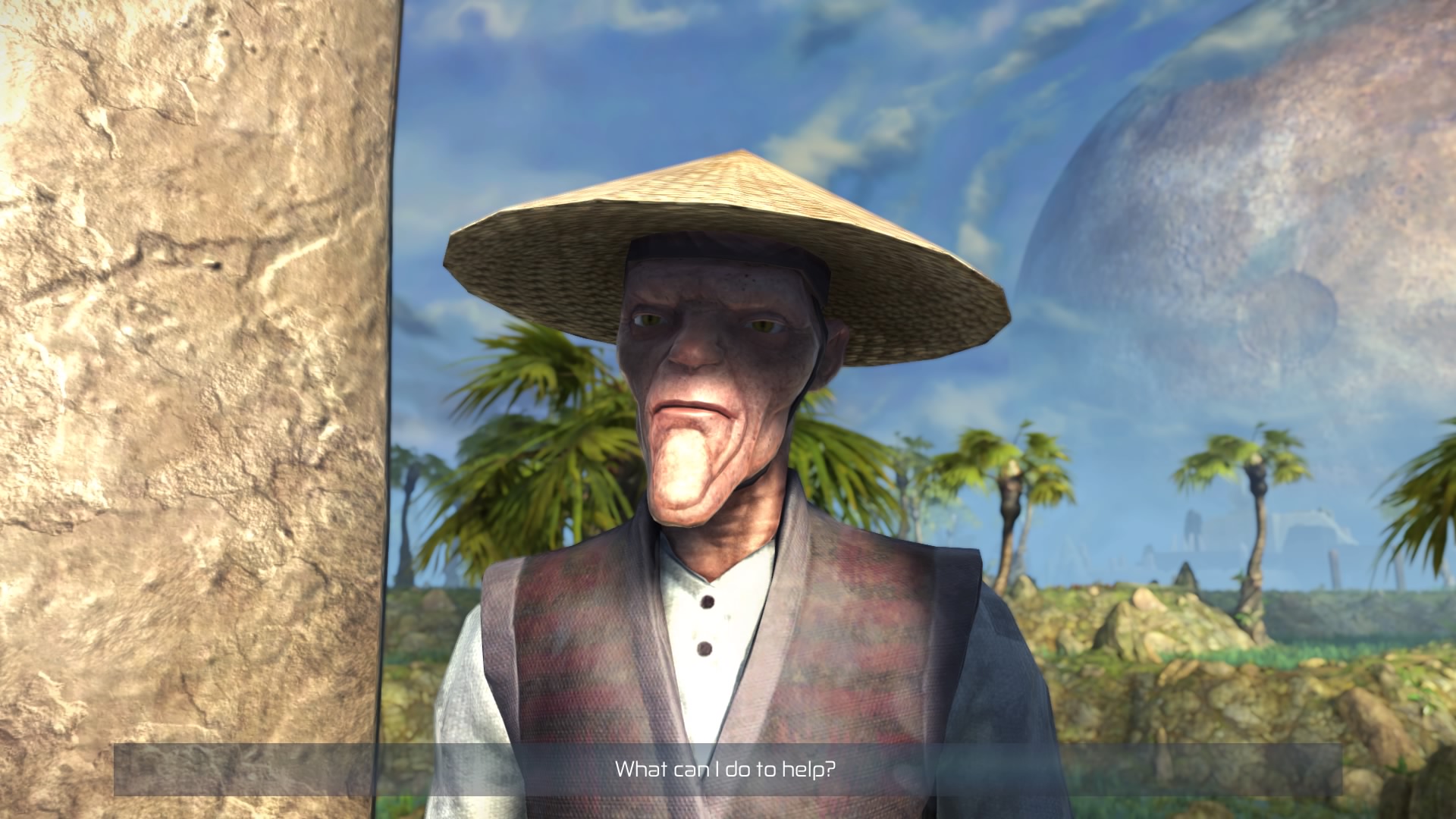
-
Outcast - Second Contact

